Sale 2683 - Lot 31
Additional Images
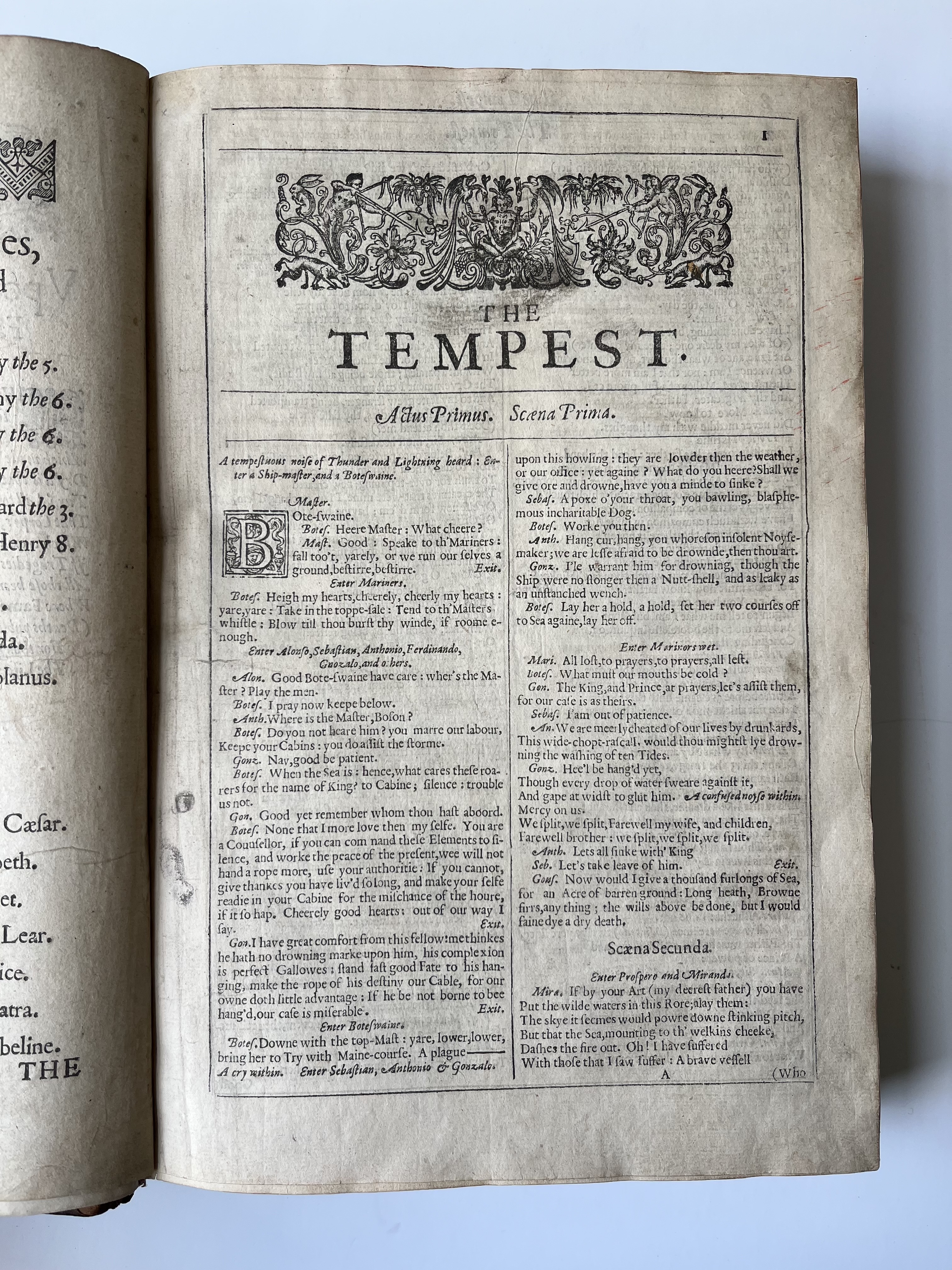
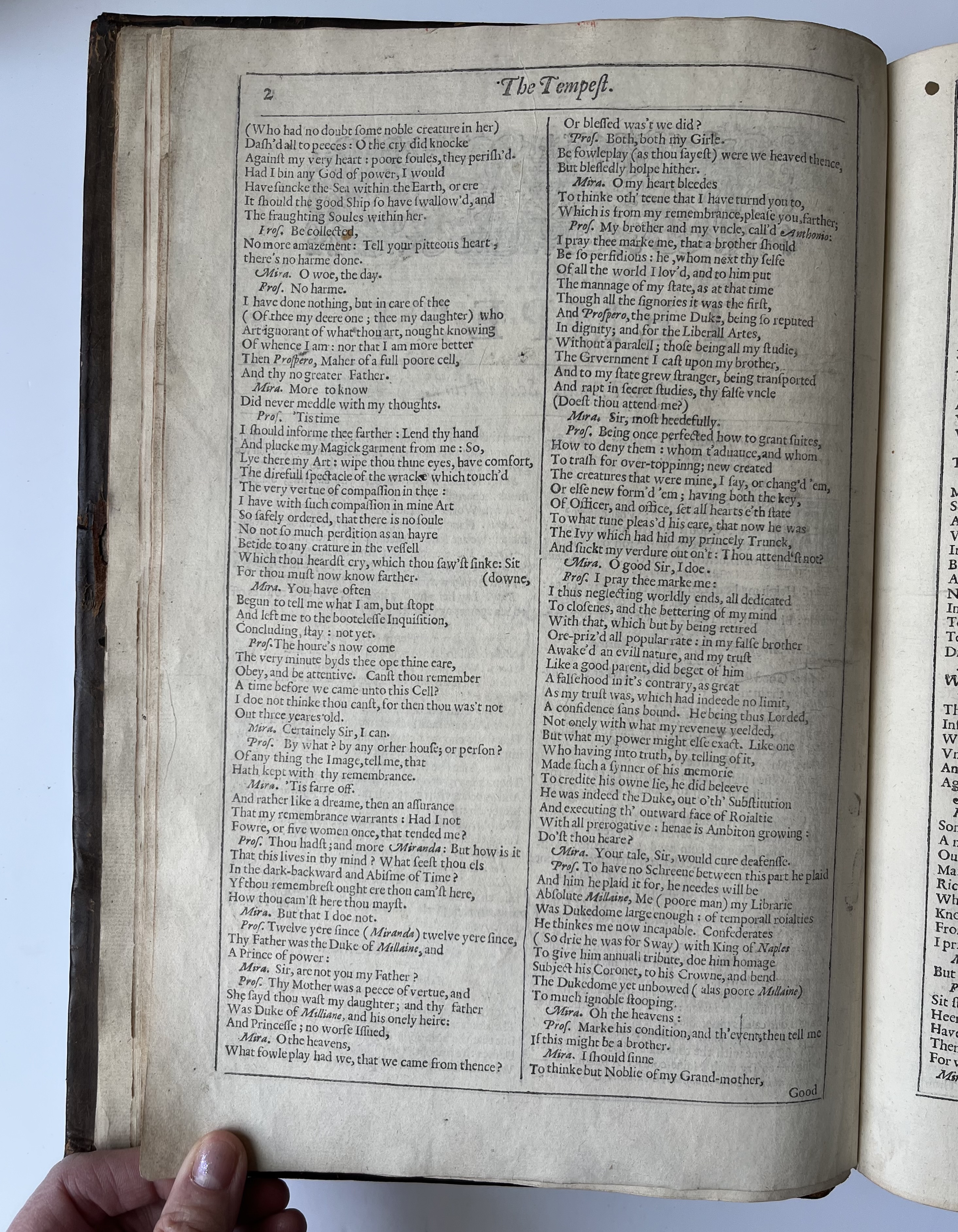
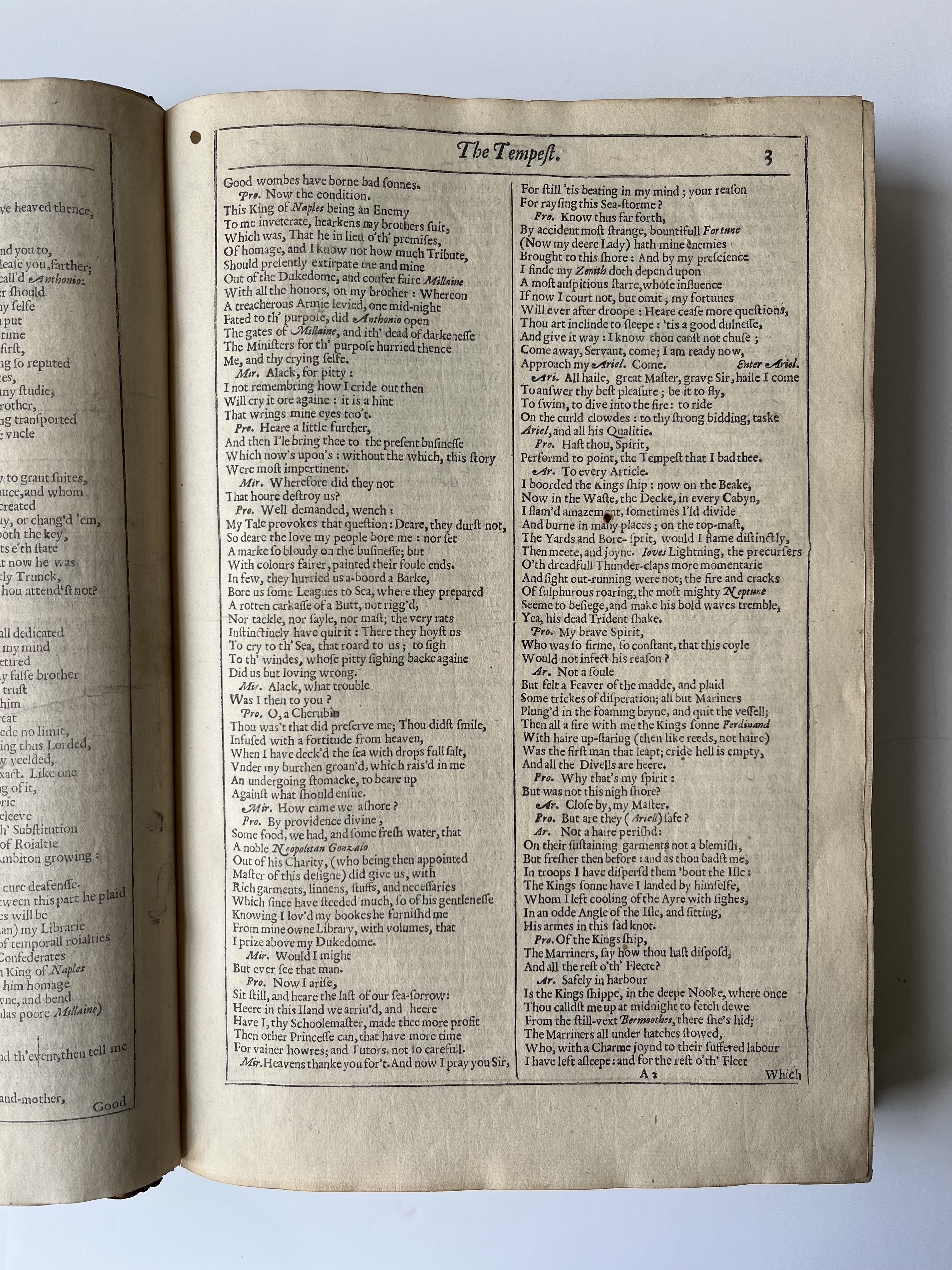
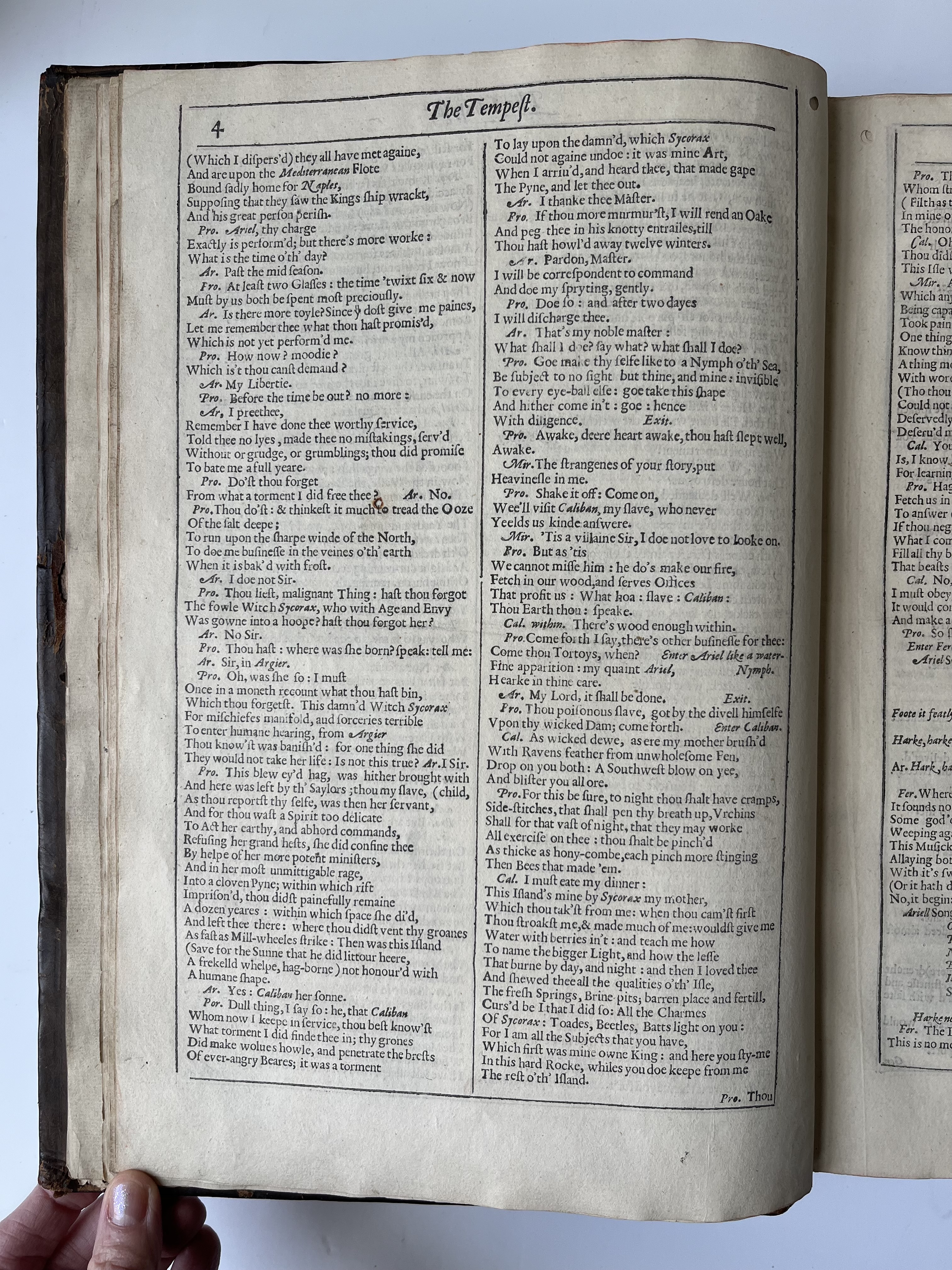
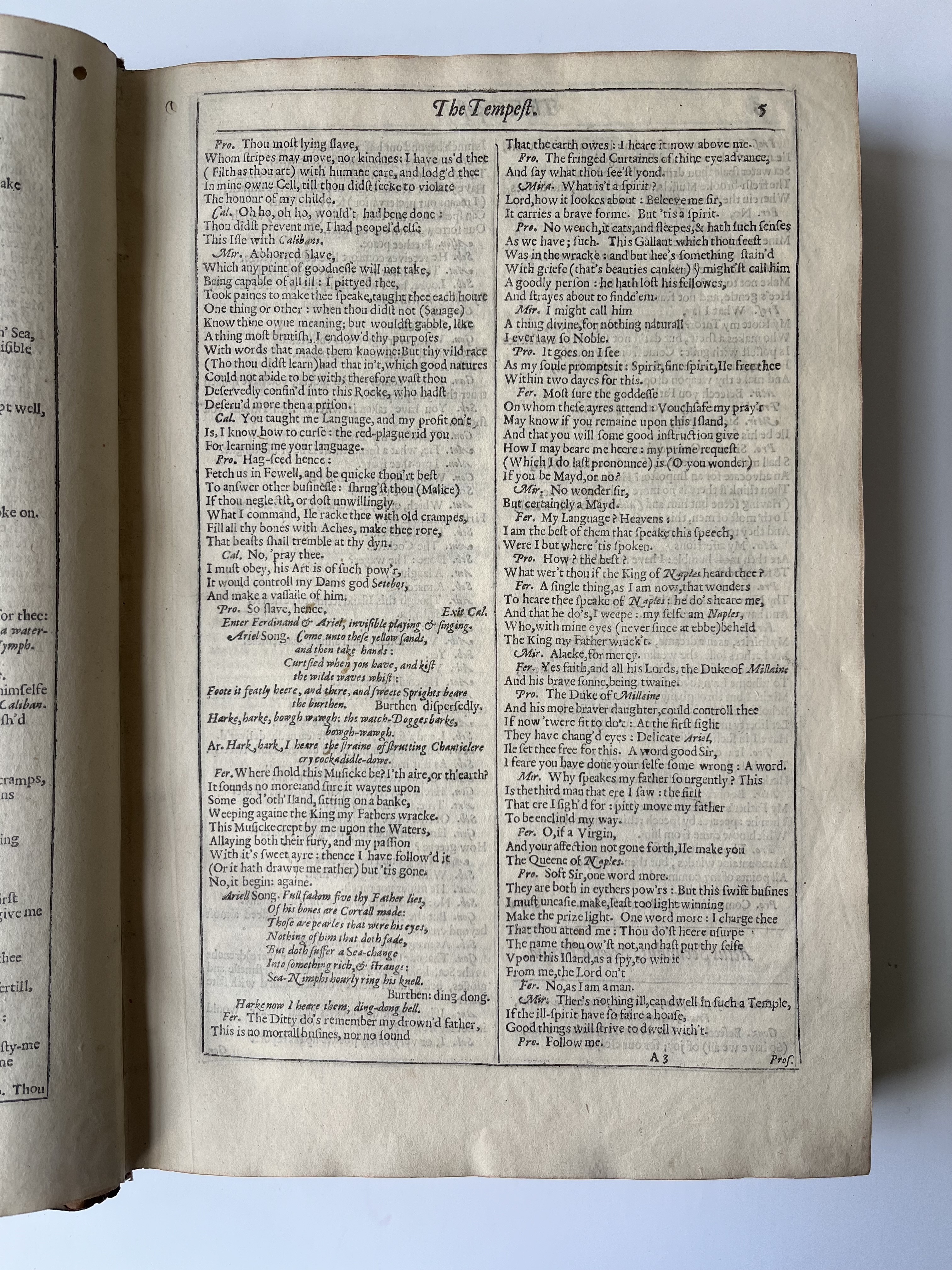
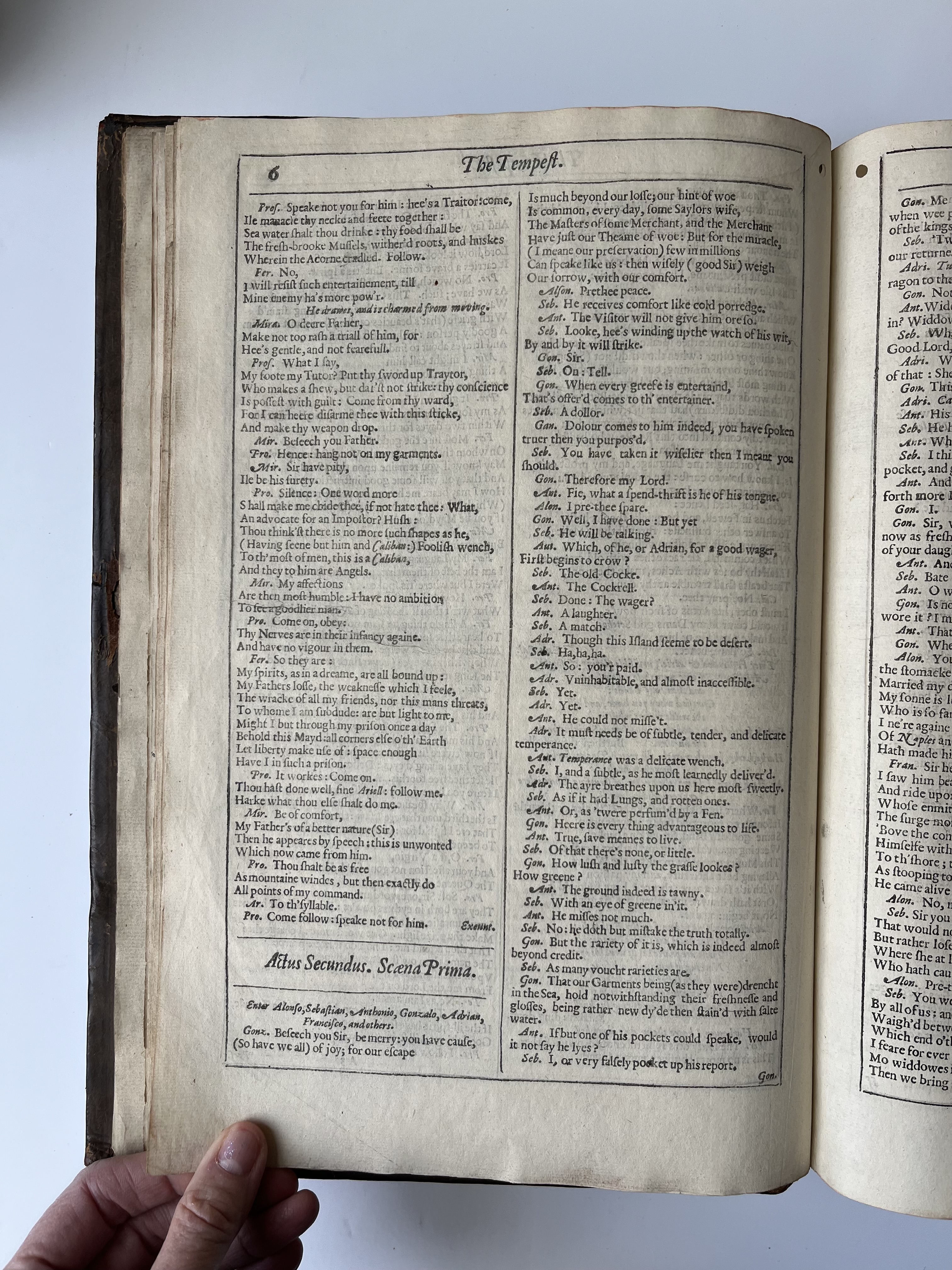
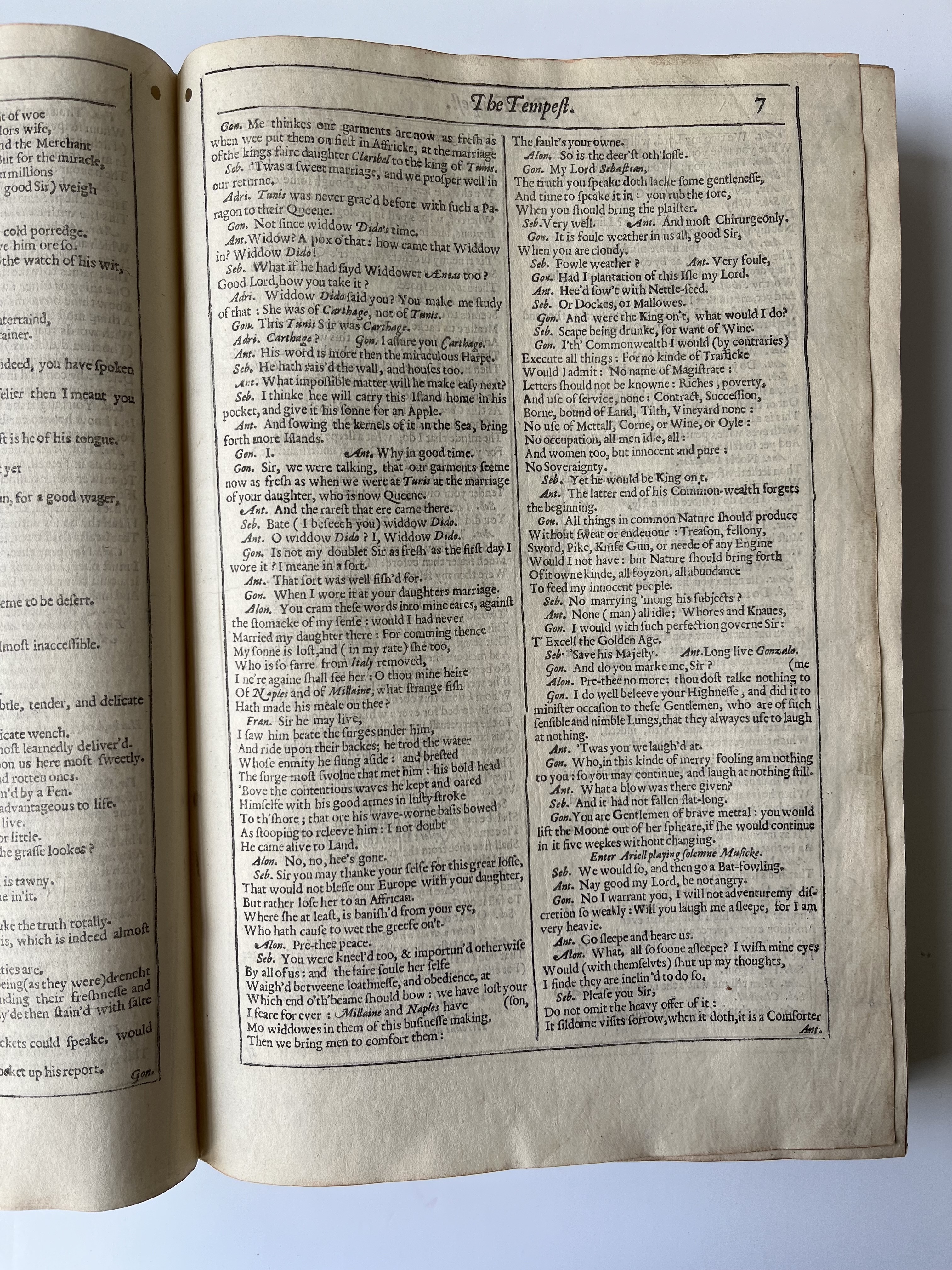
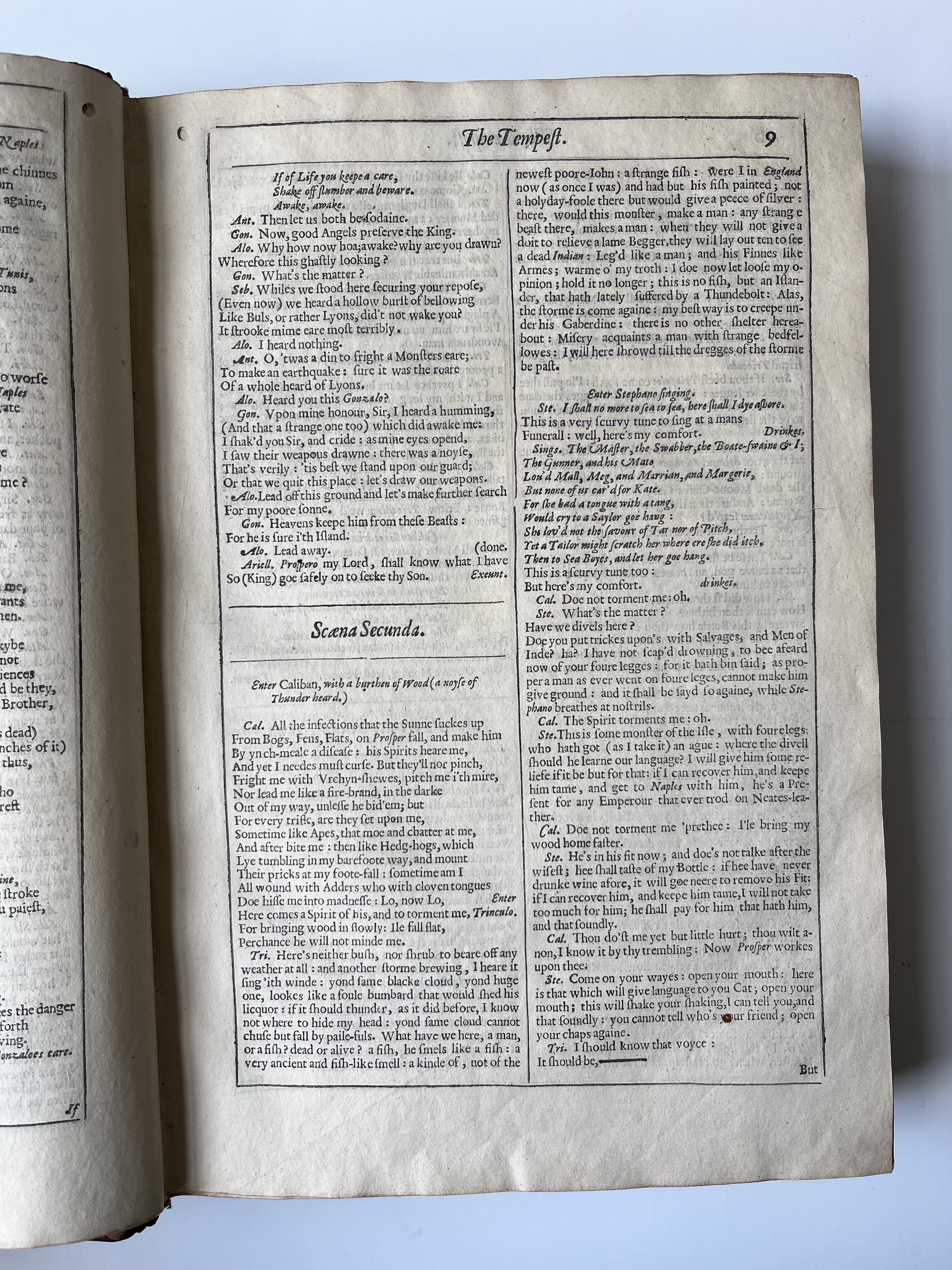
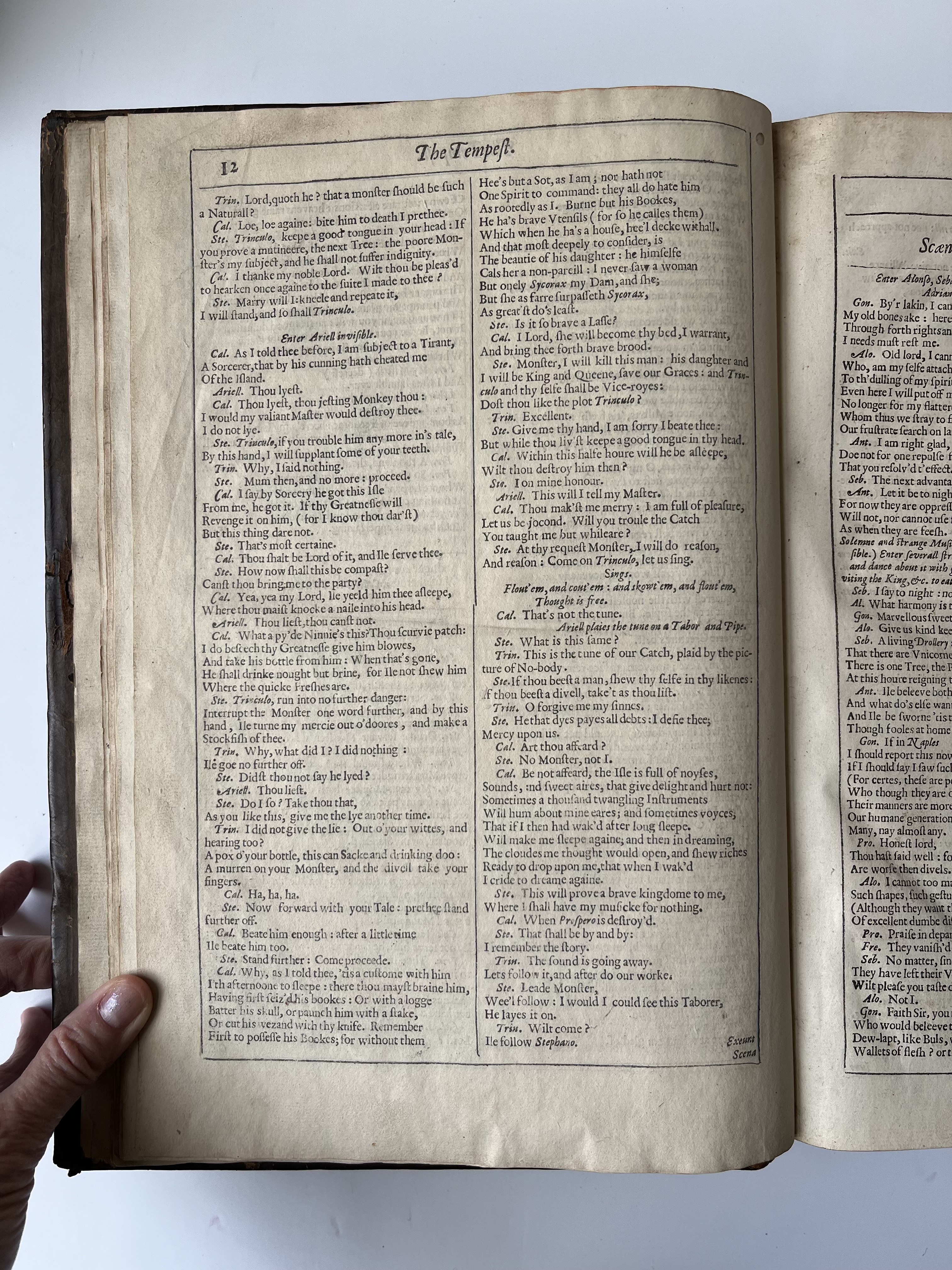
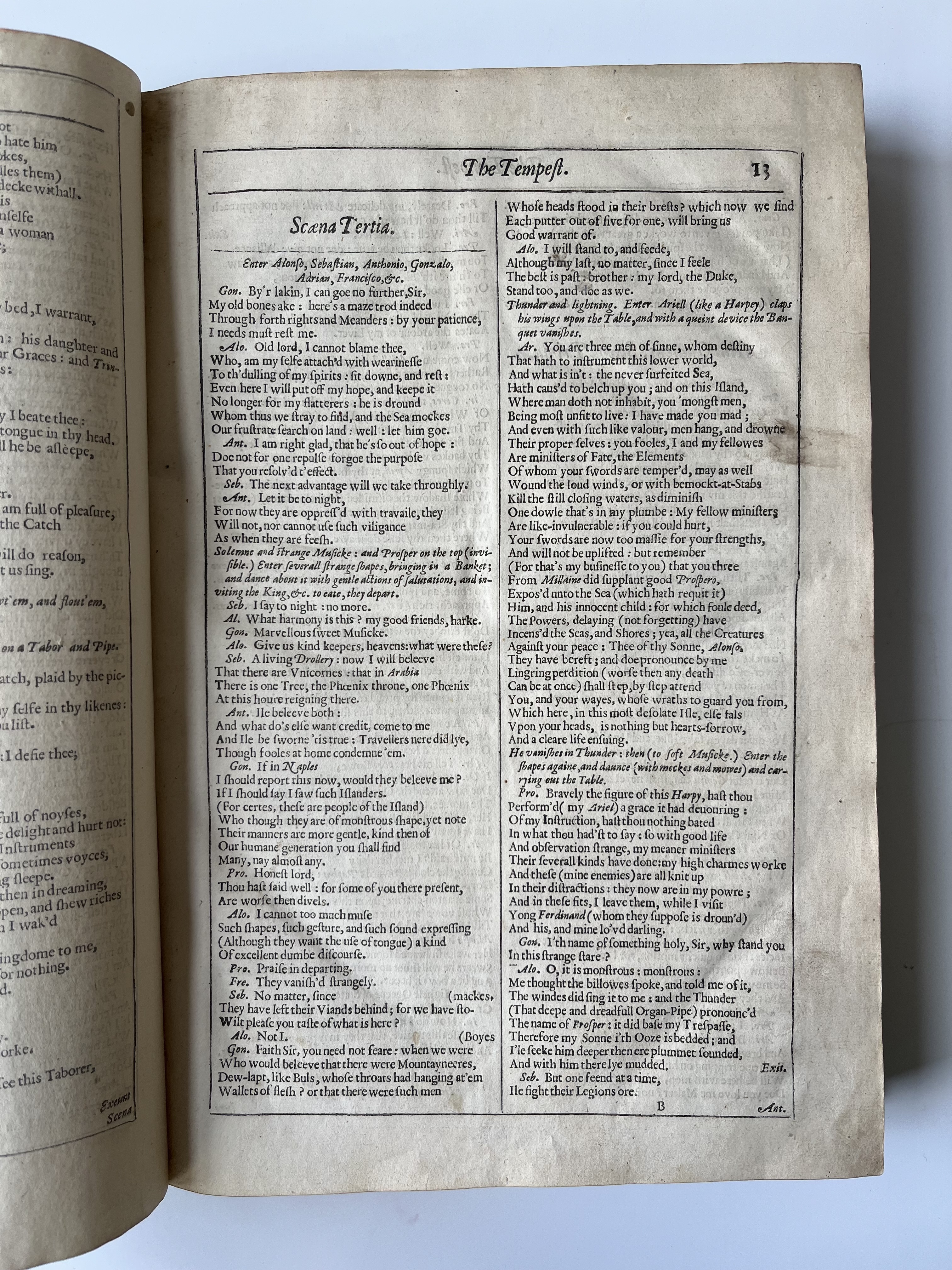
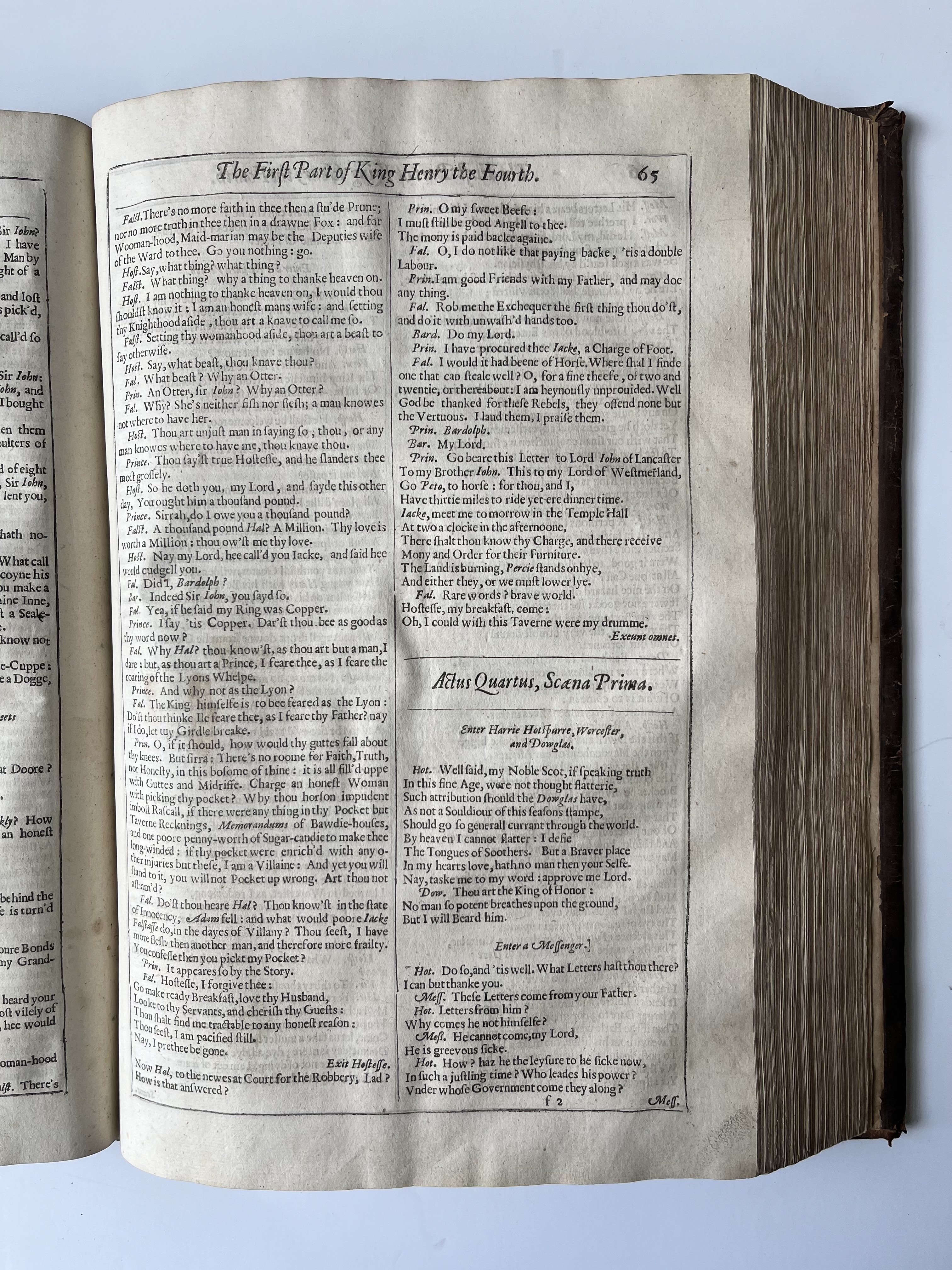
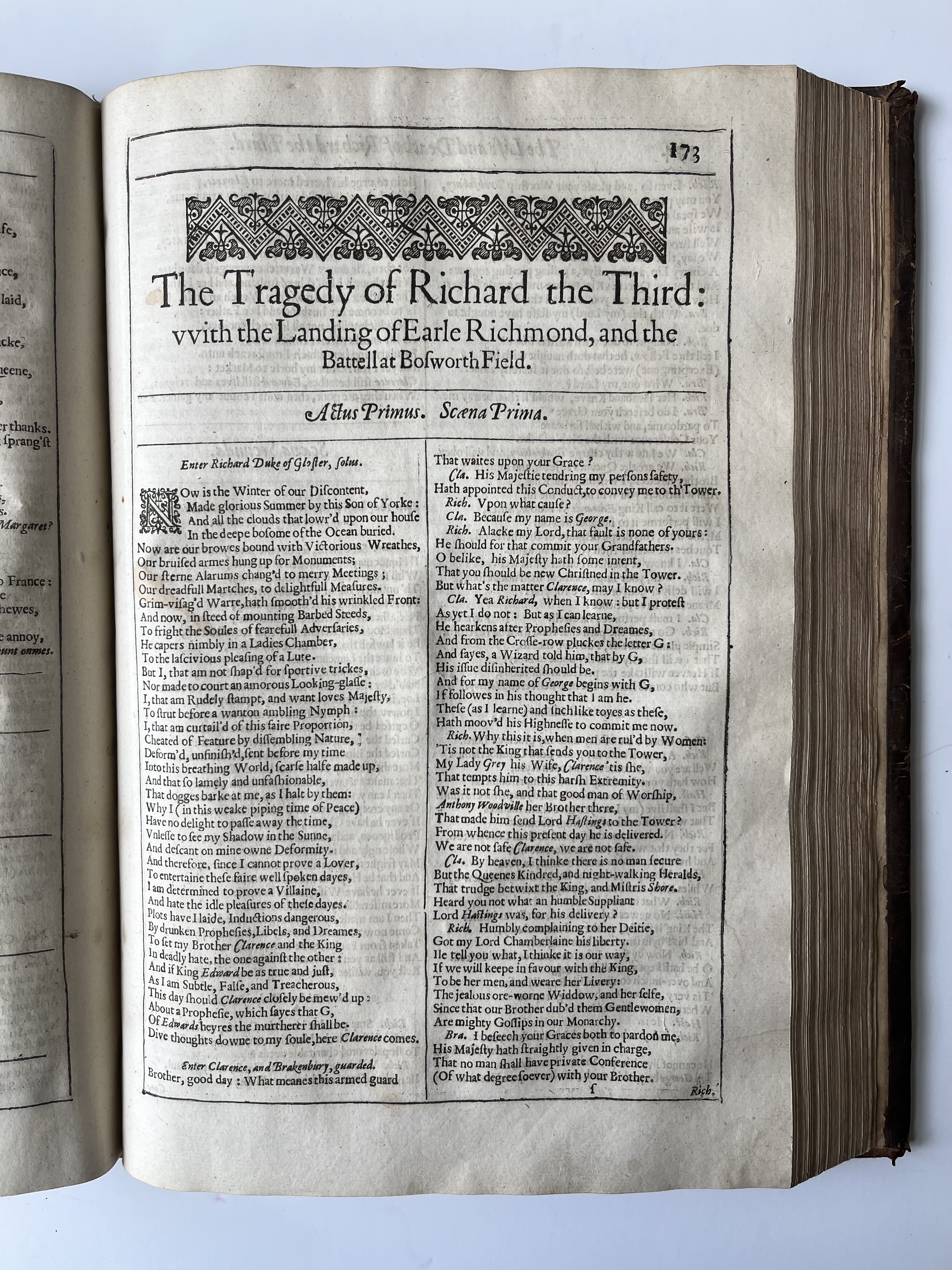
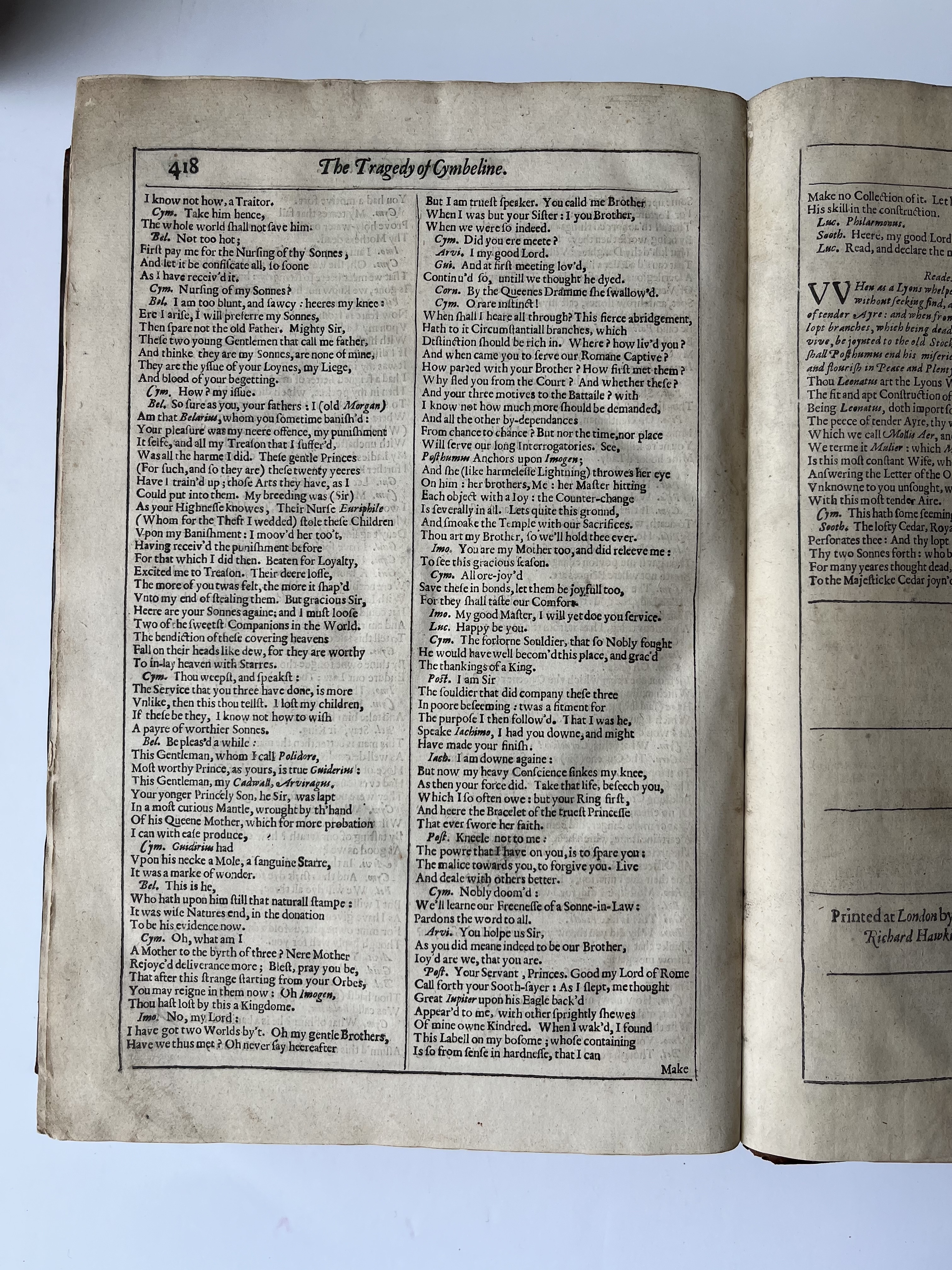
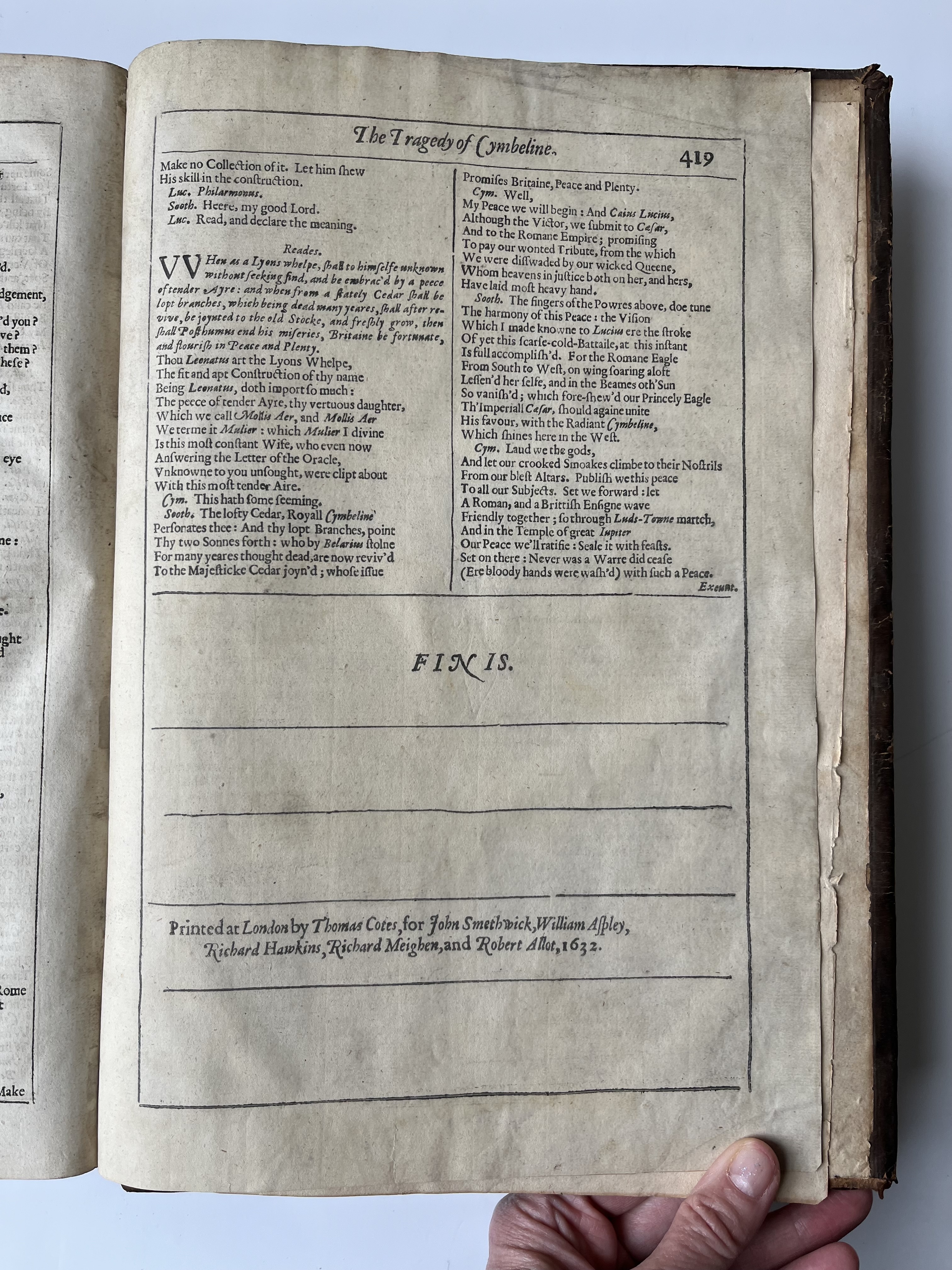
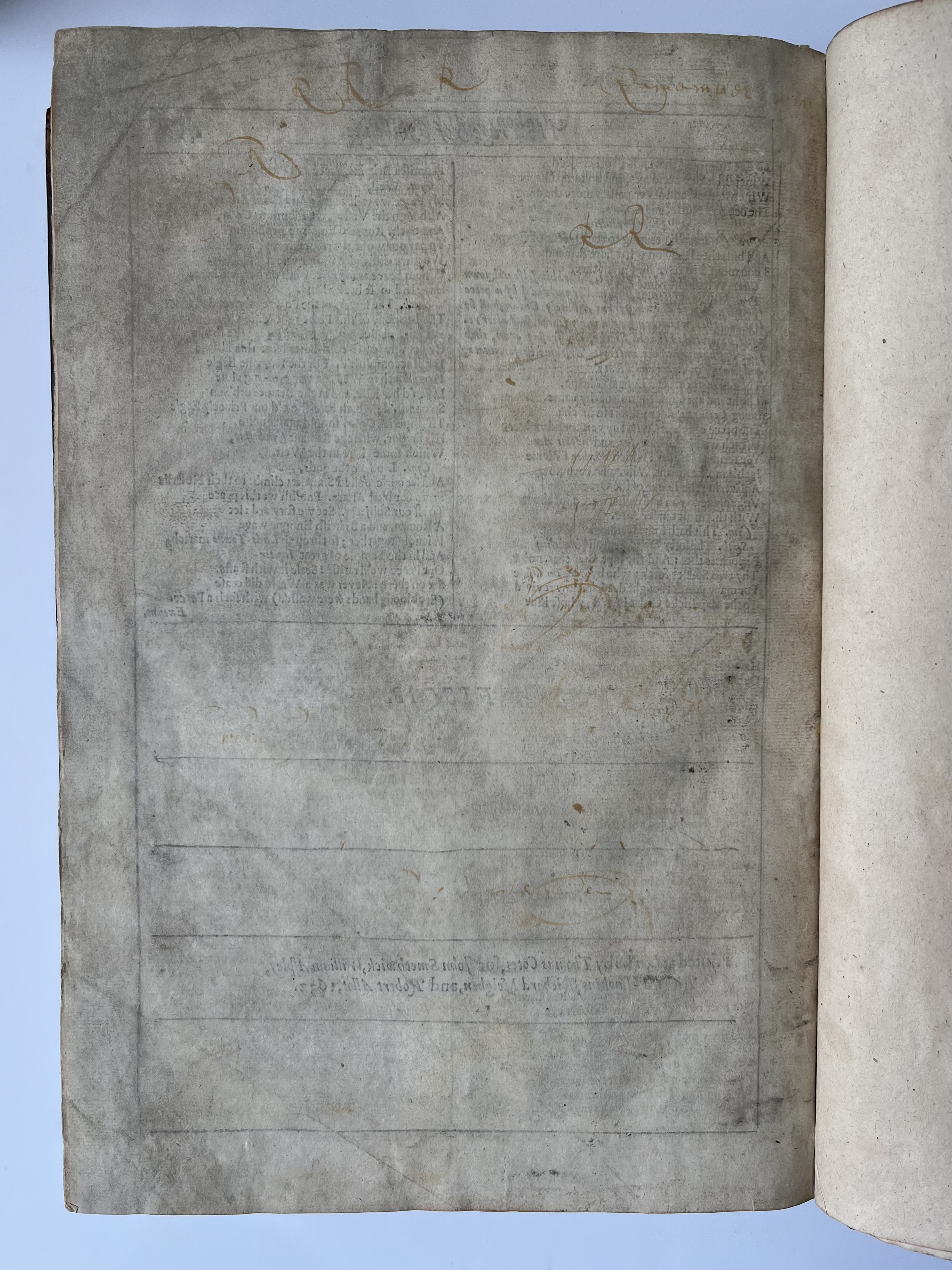
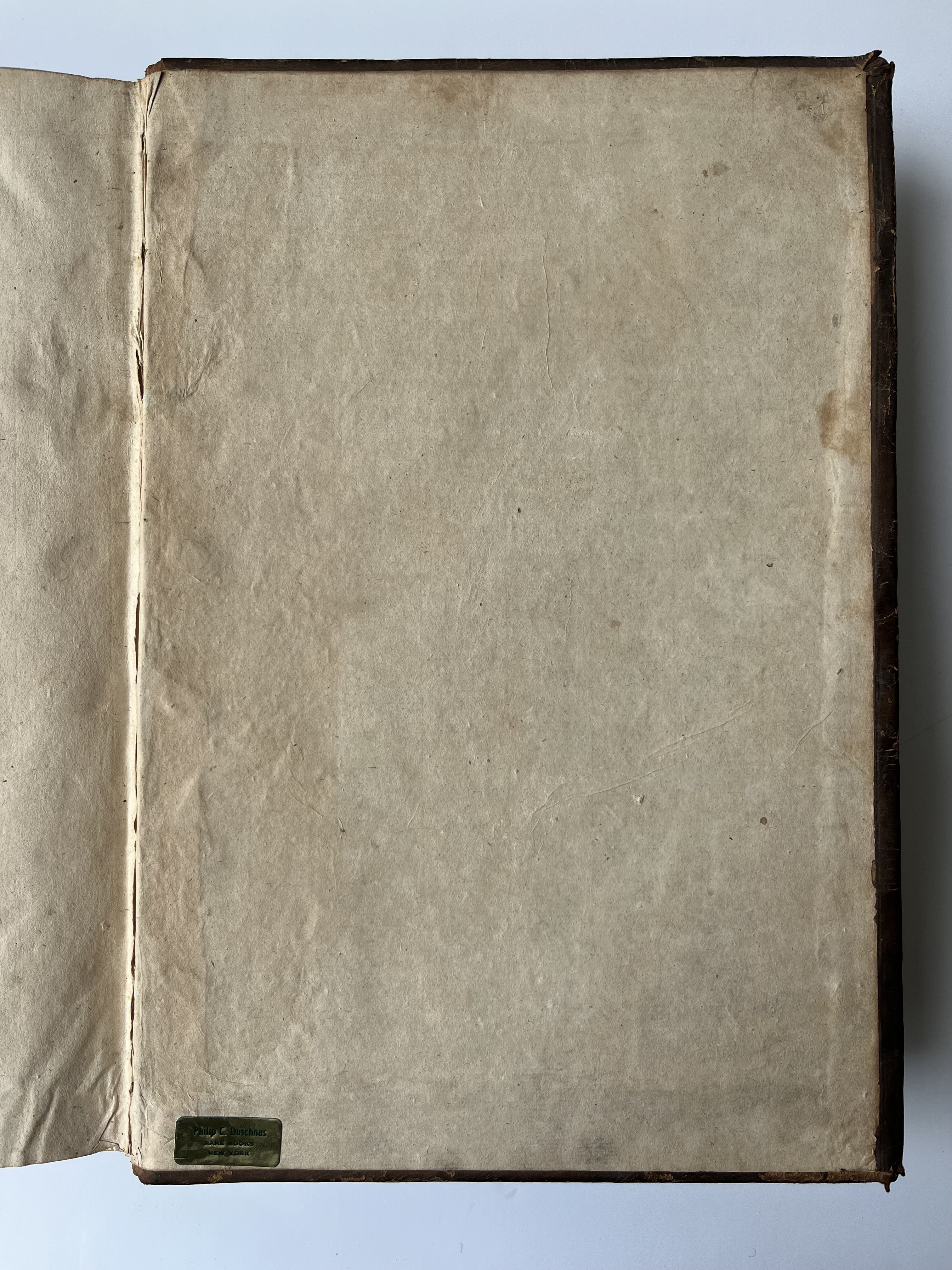
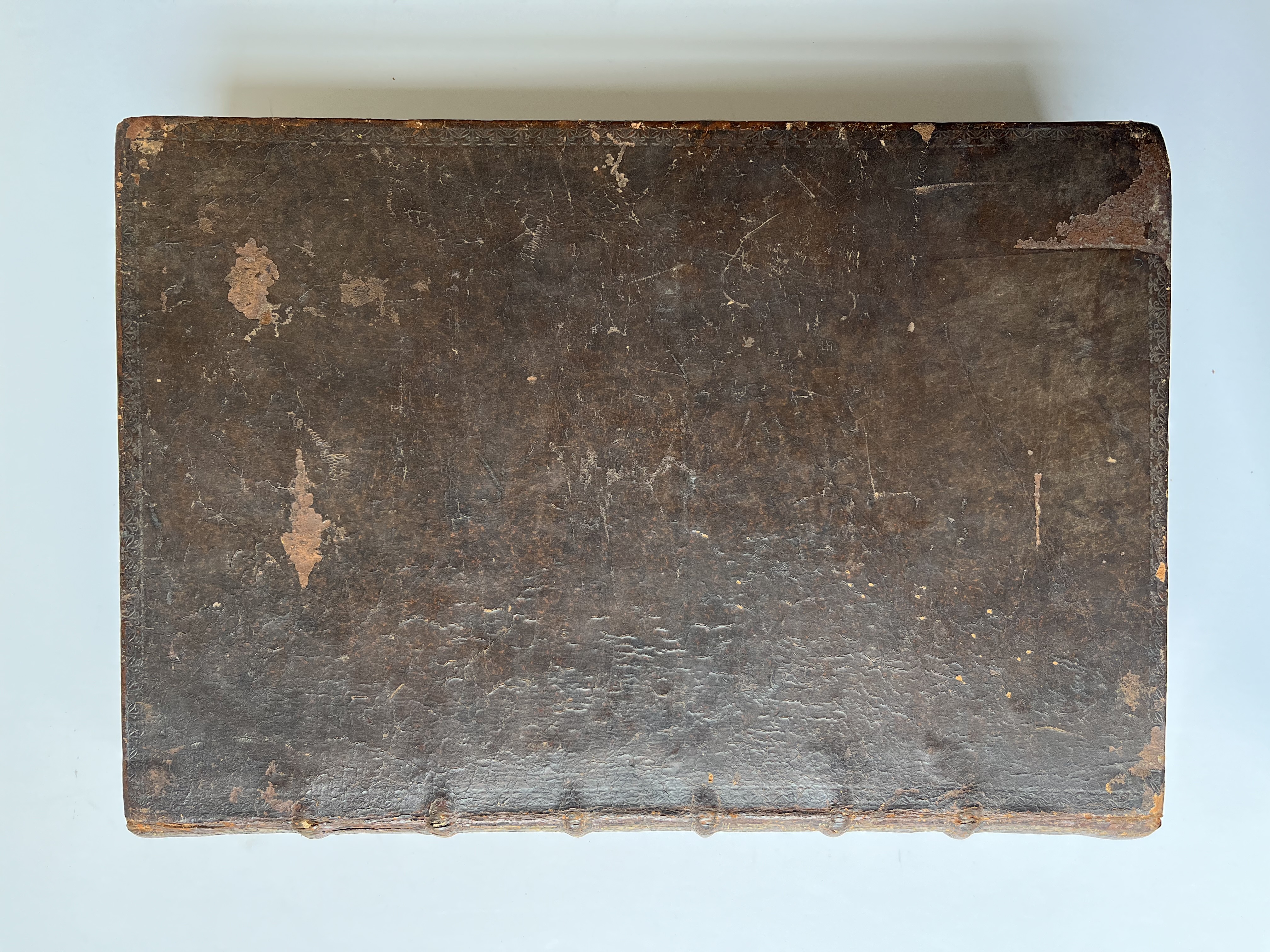

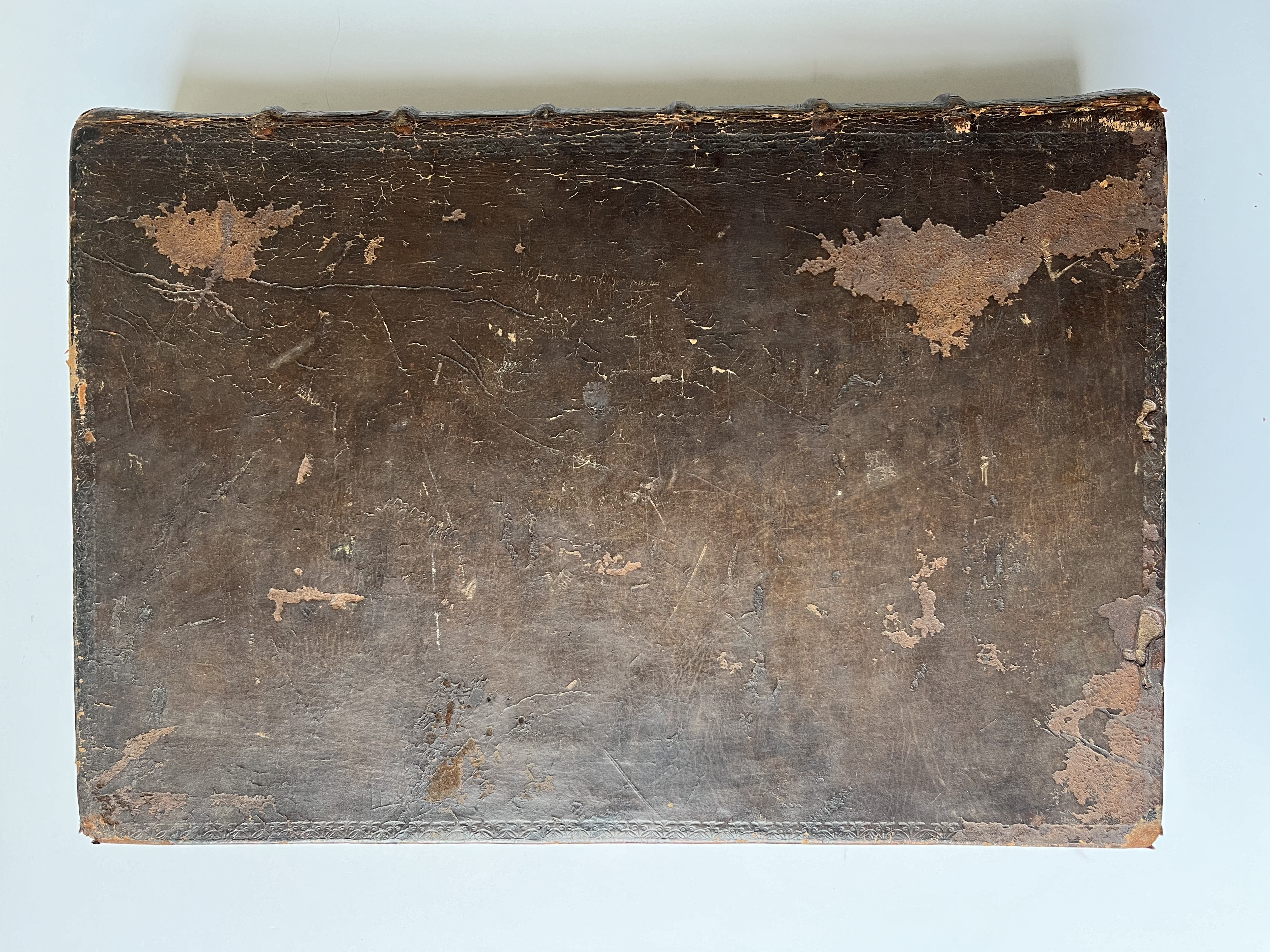
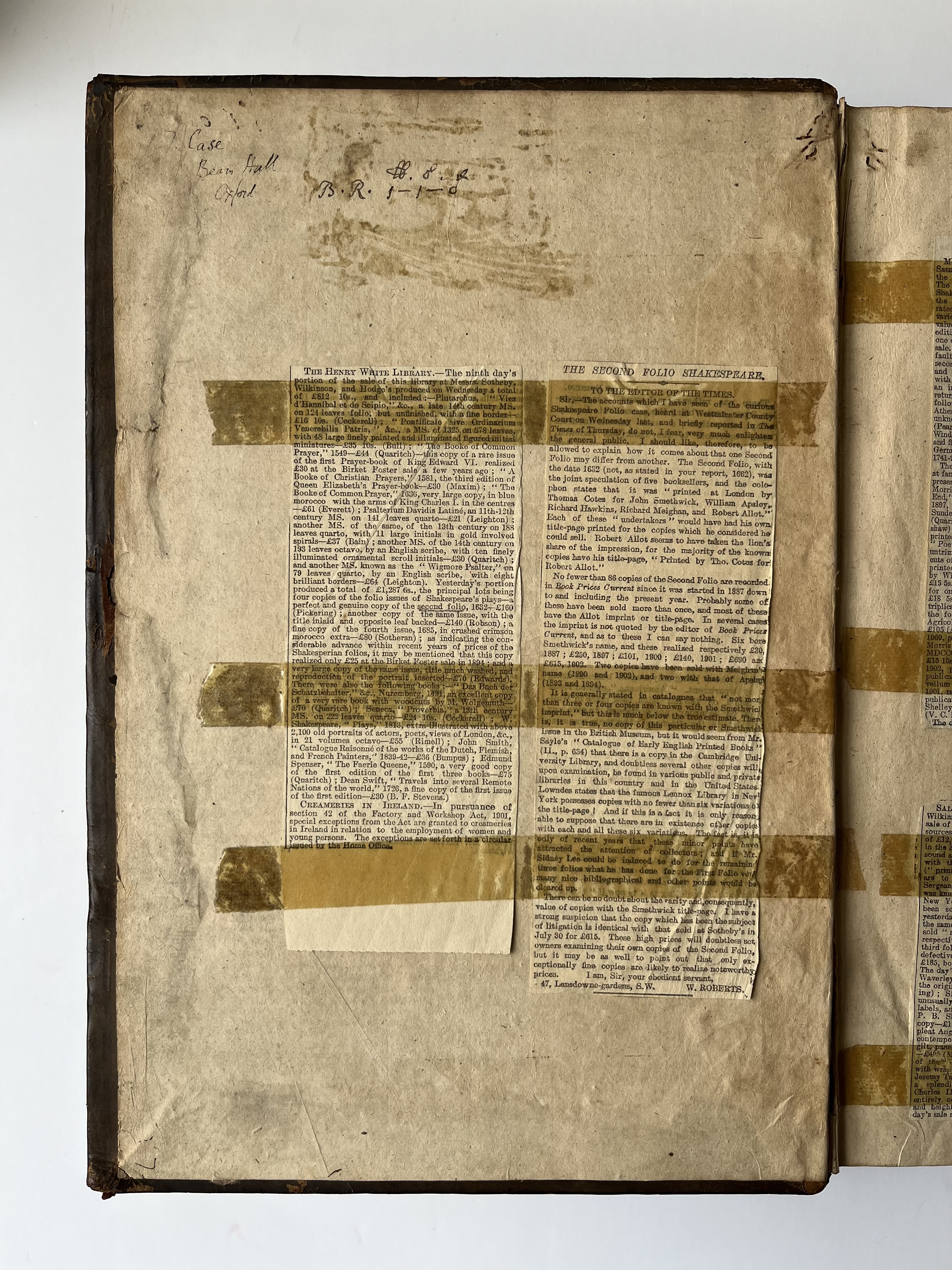
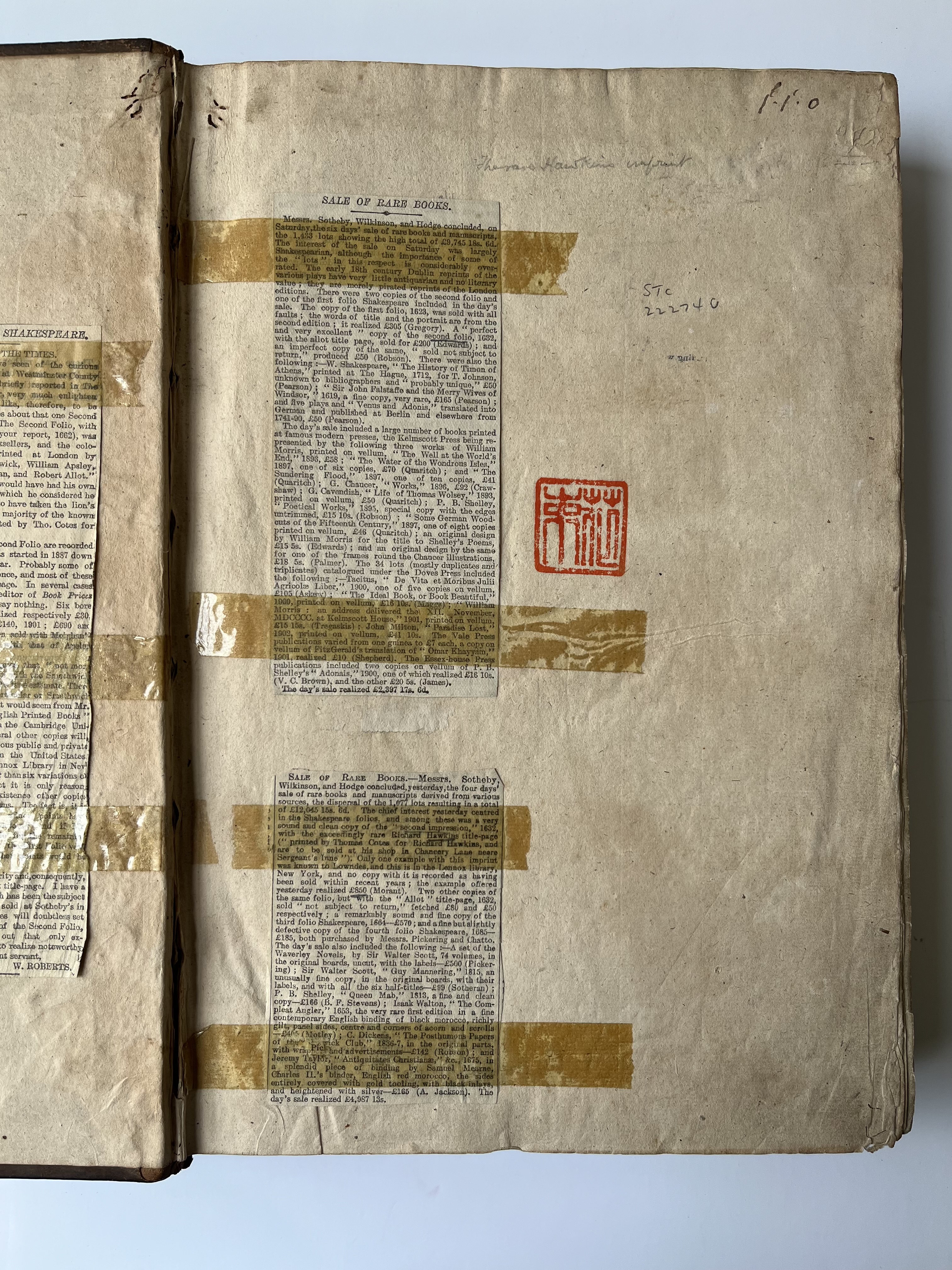
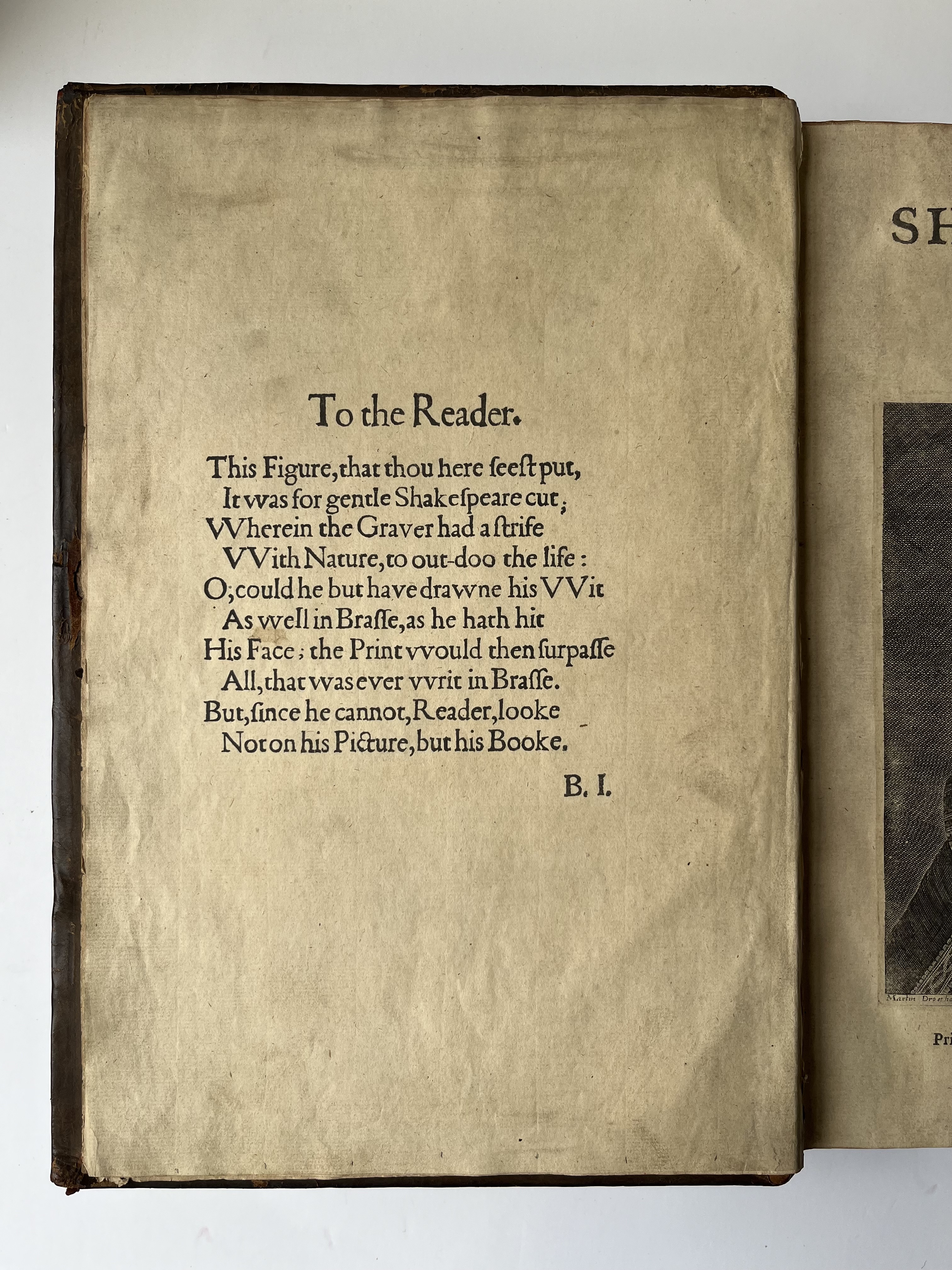
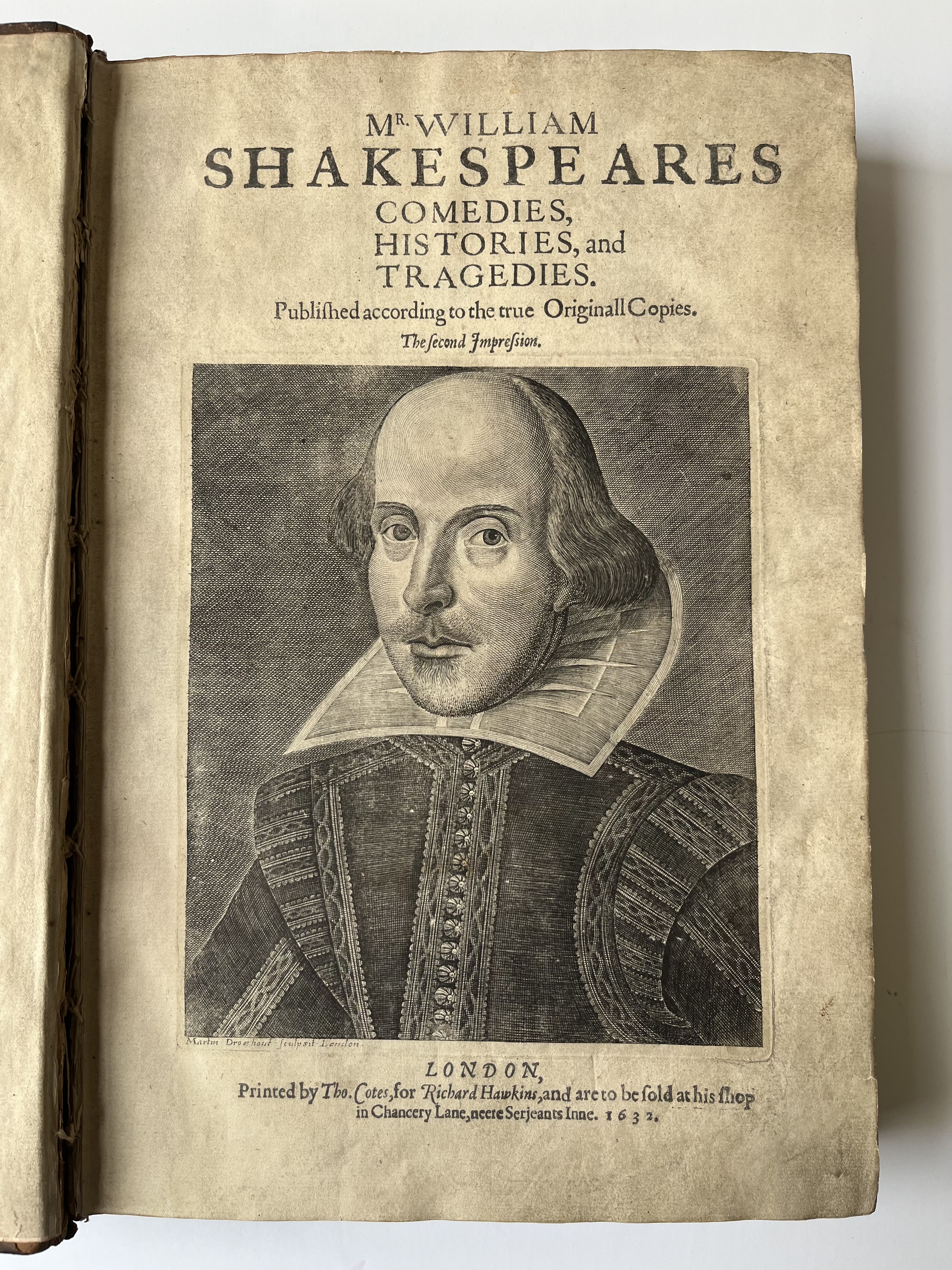
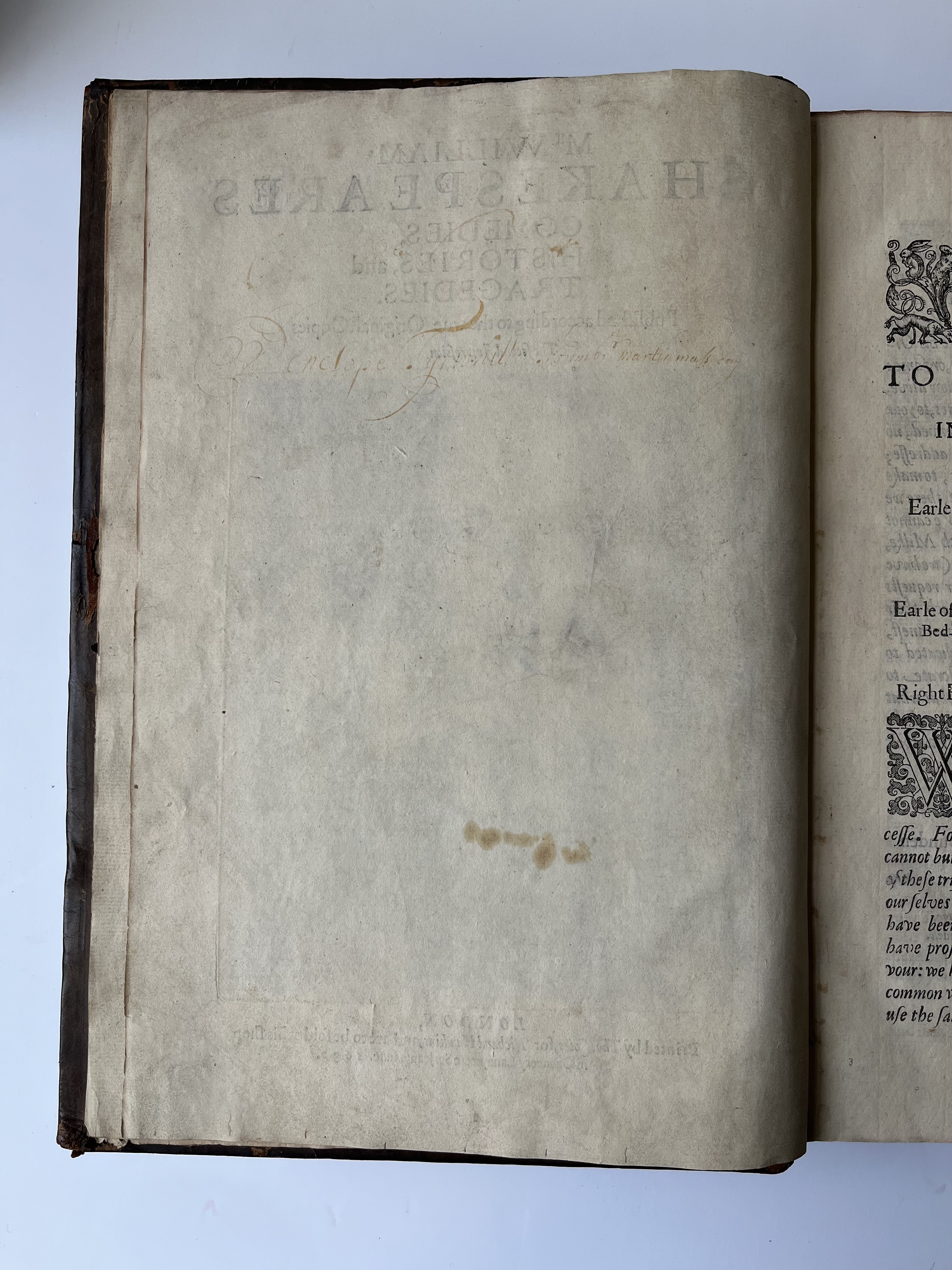
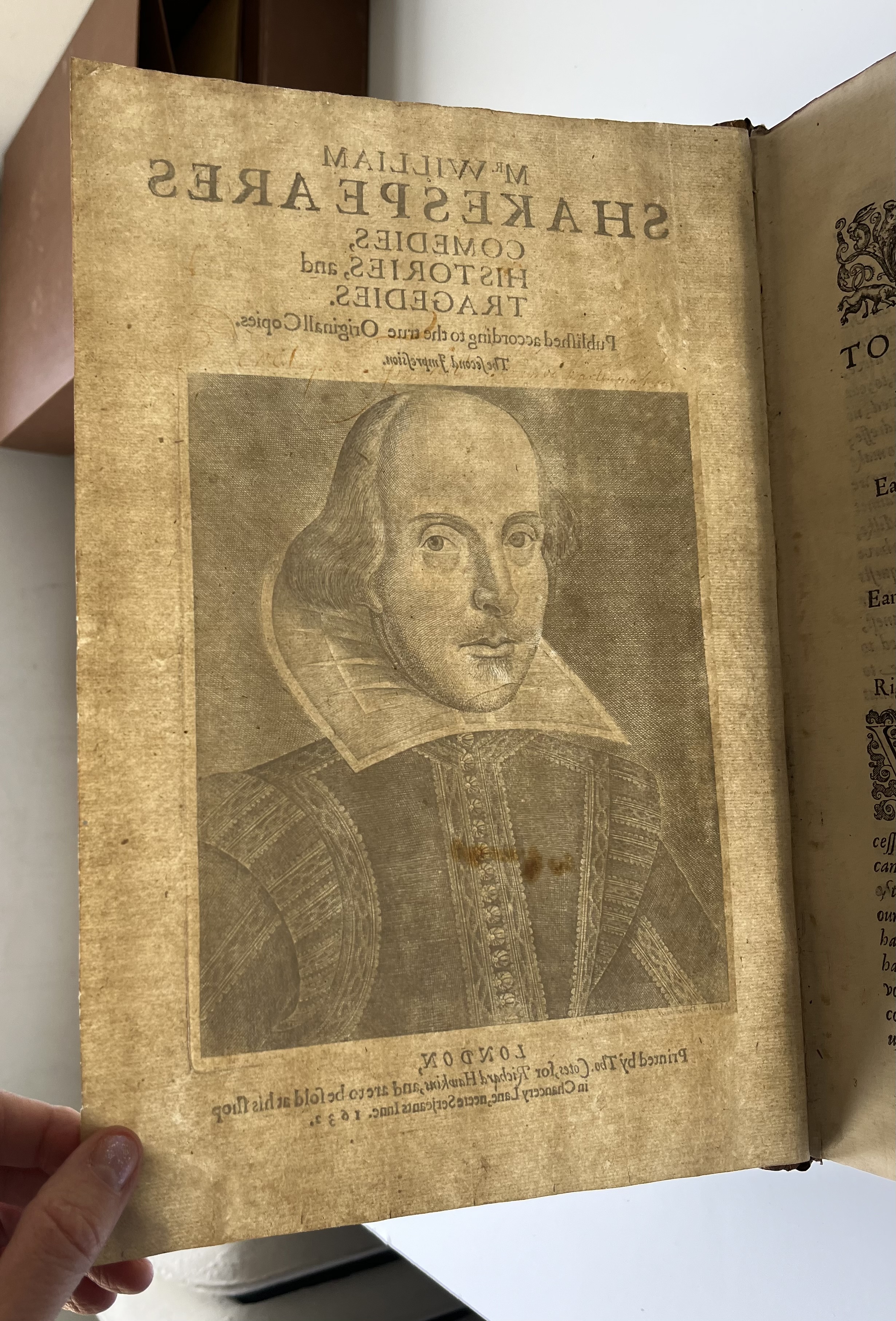
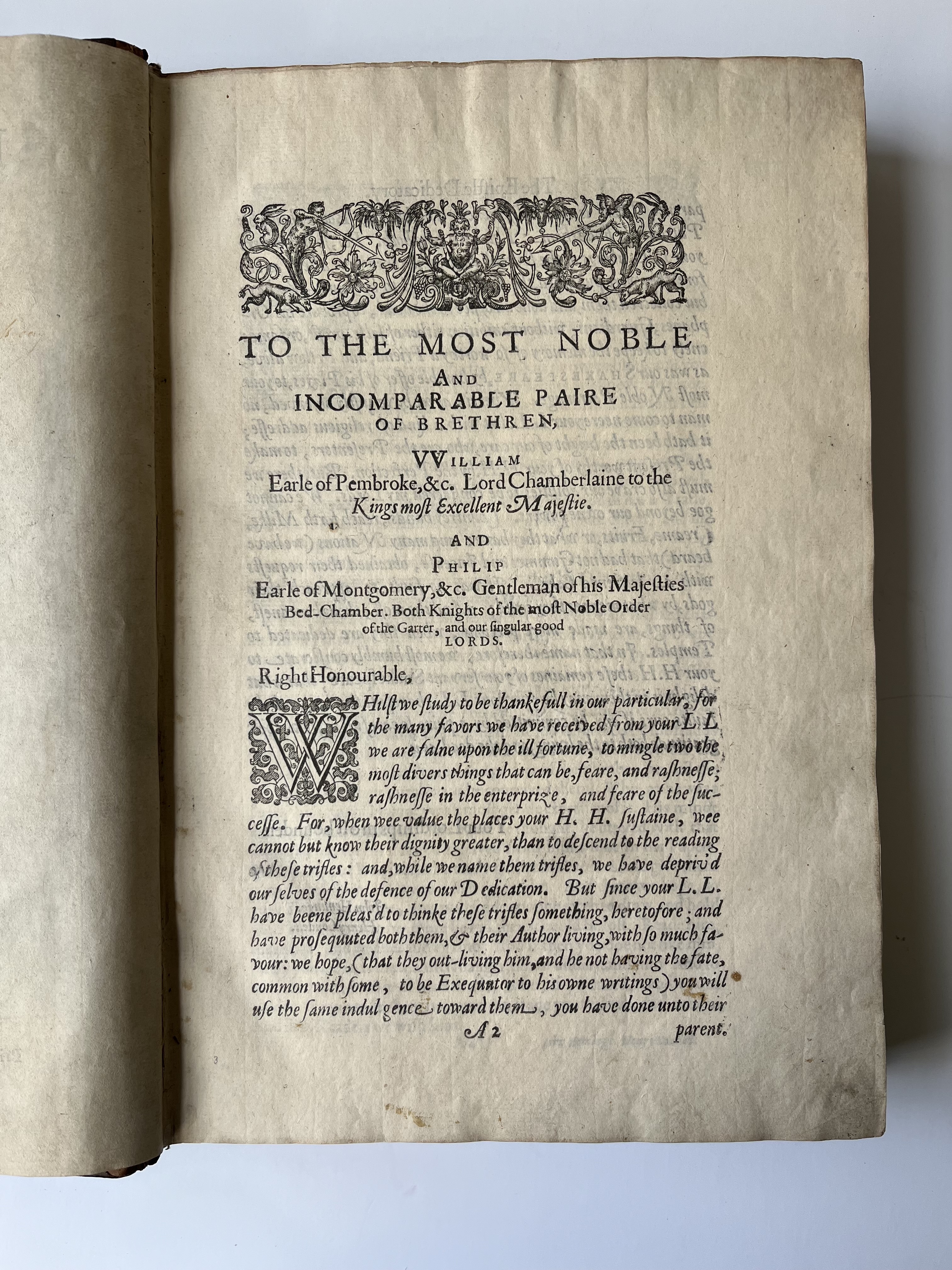
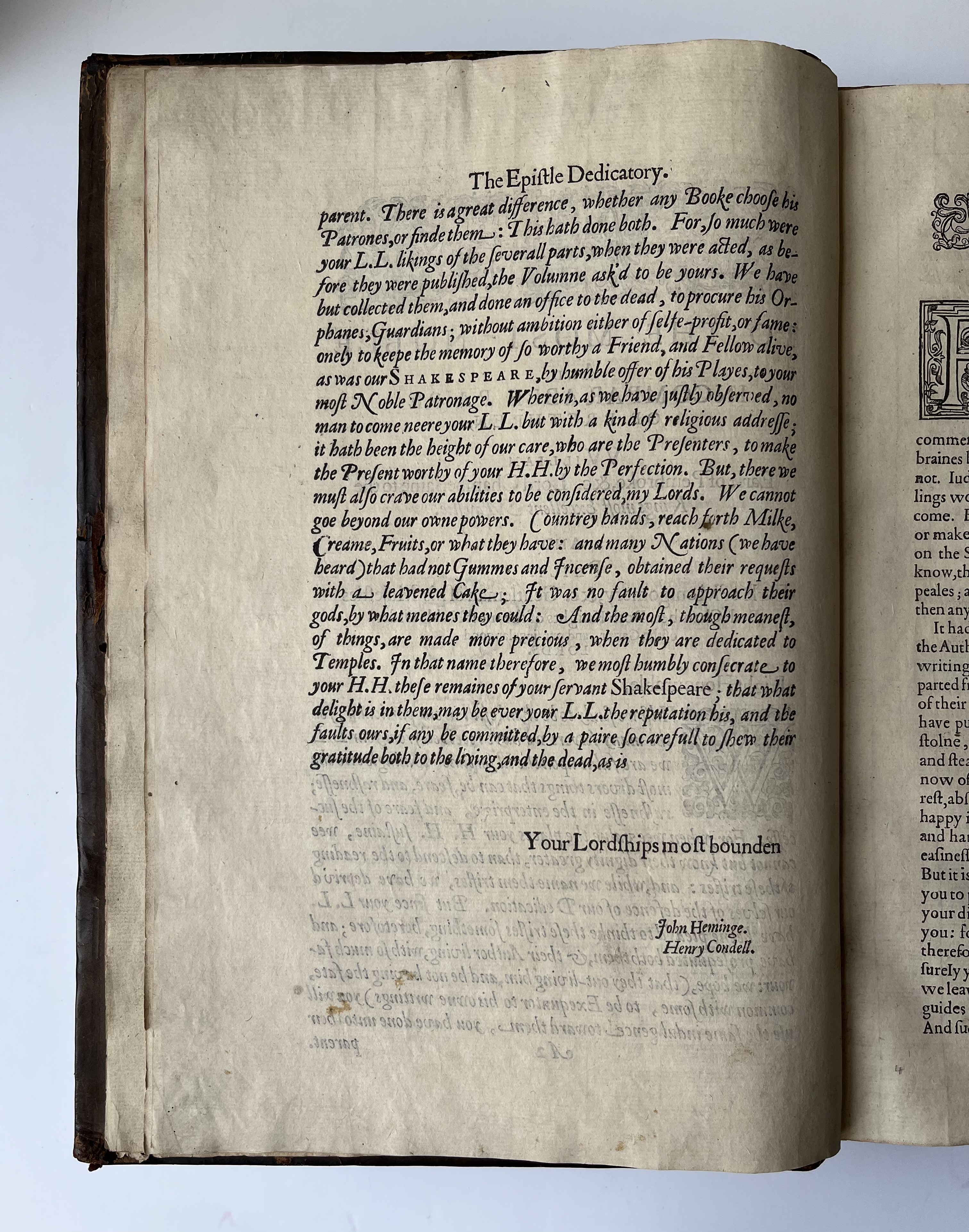
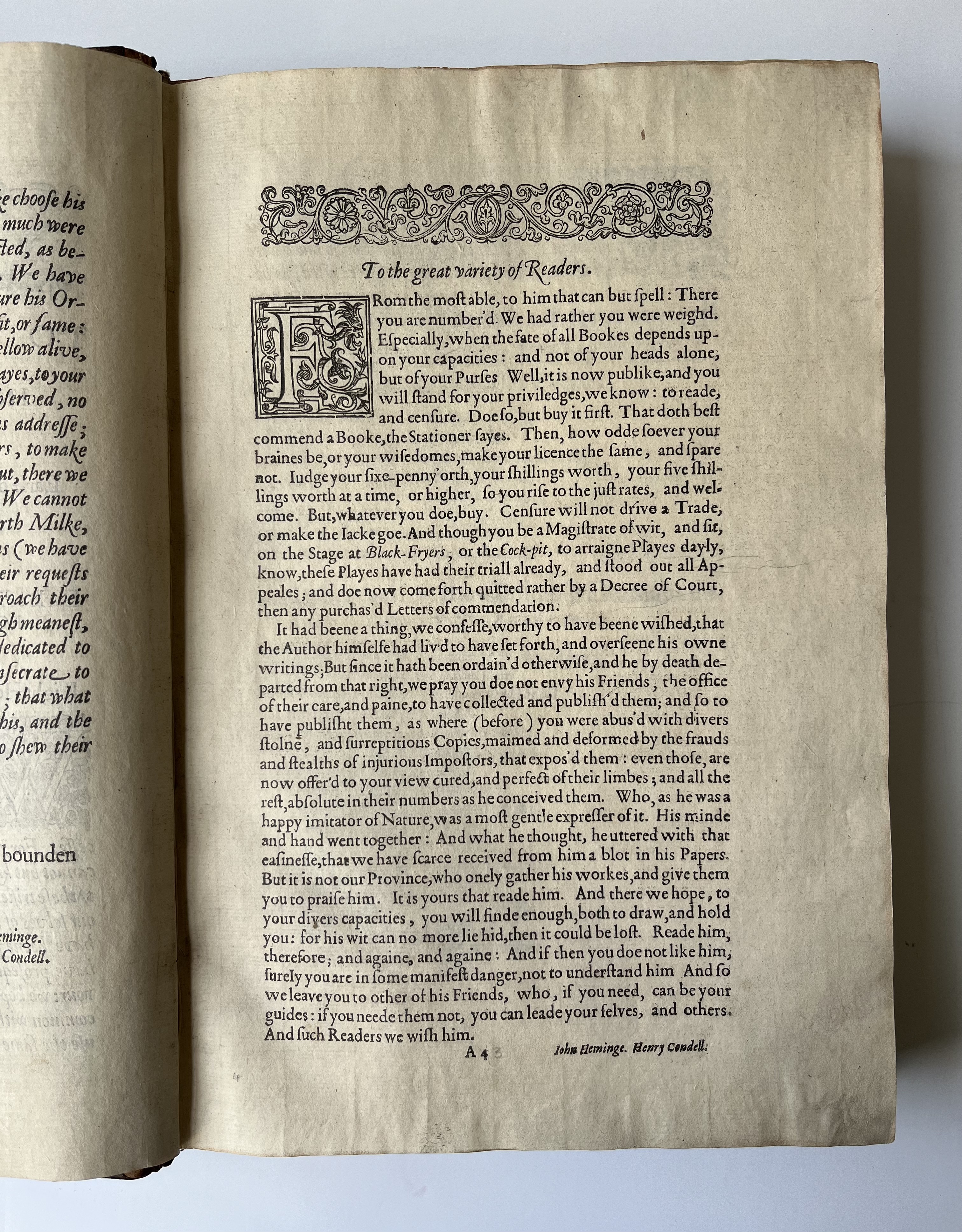
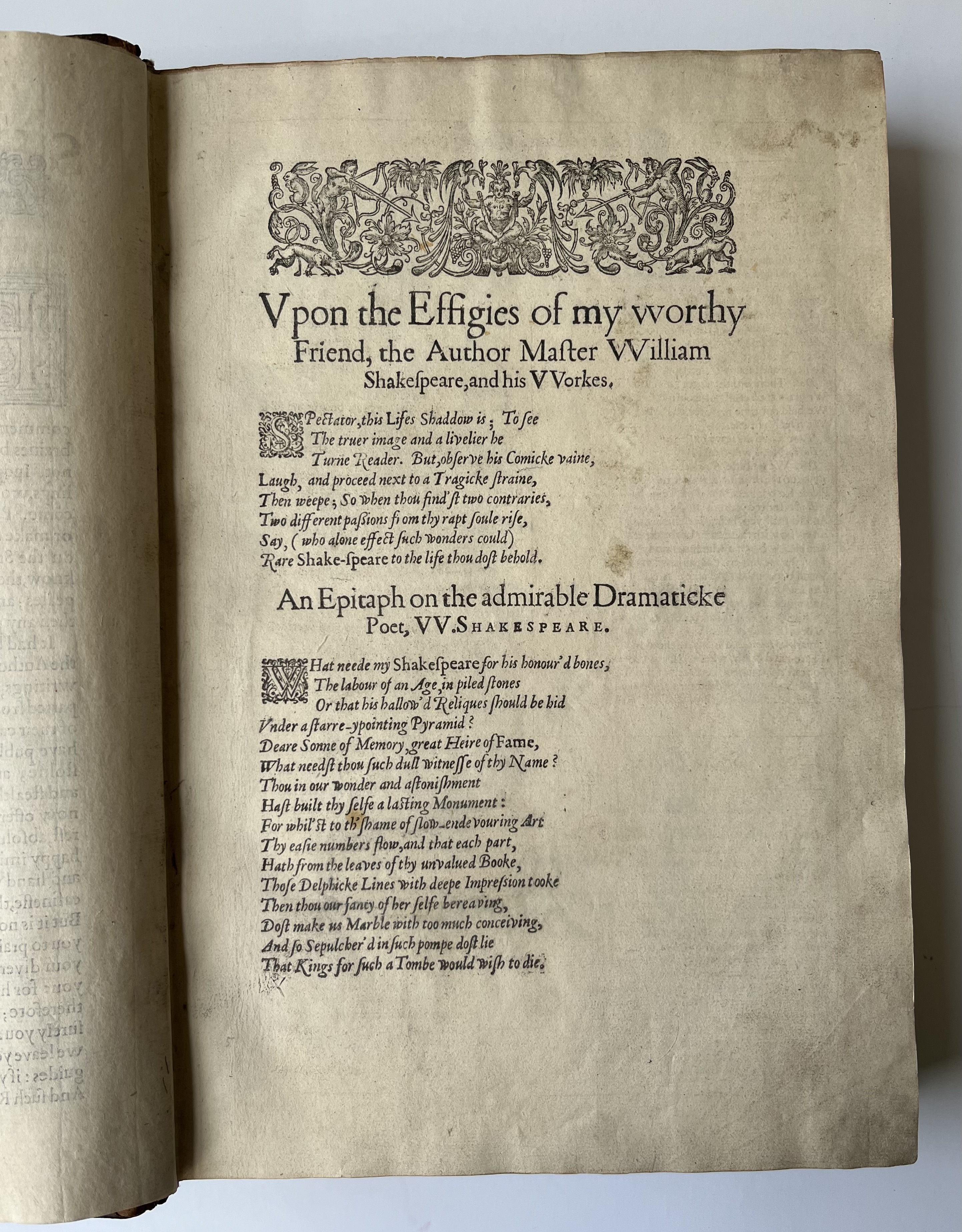
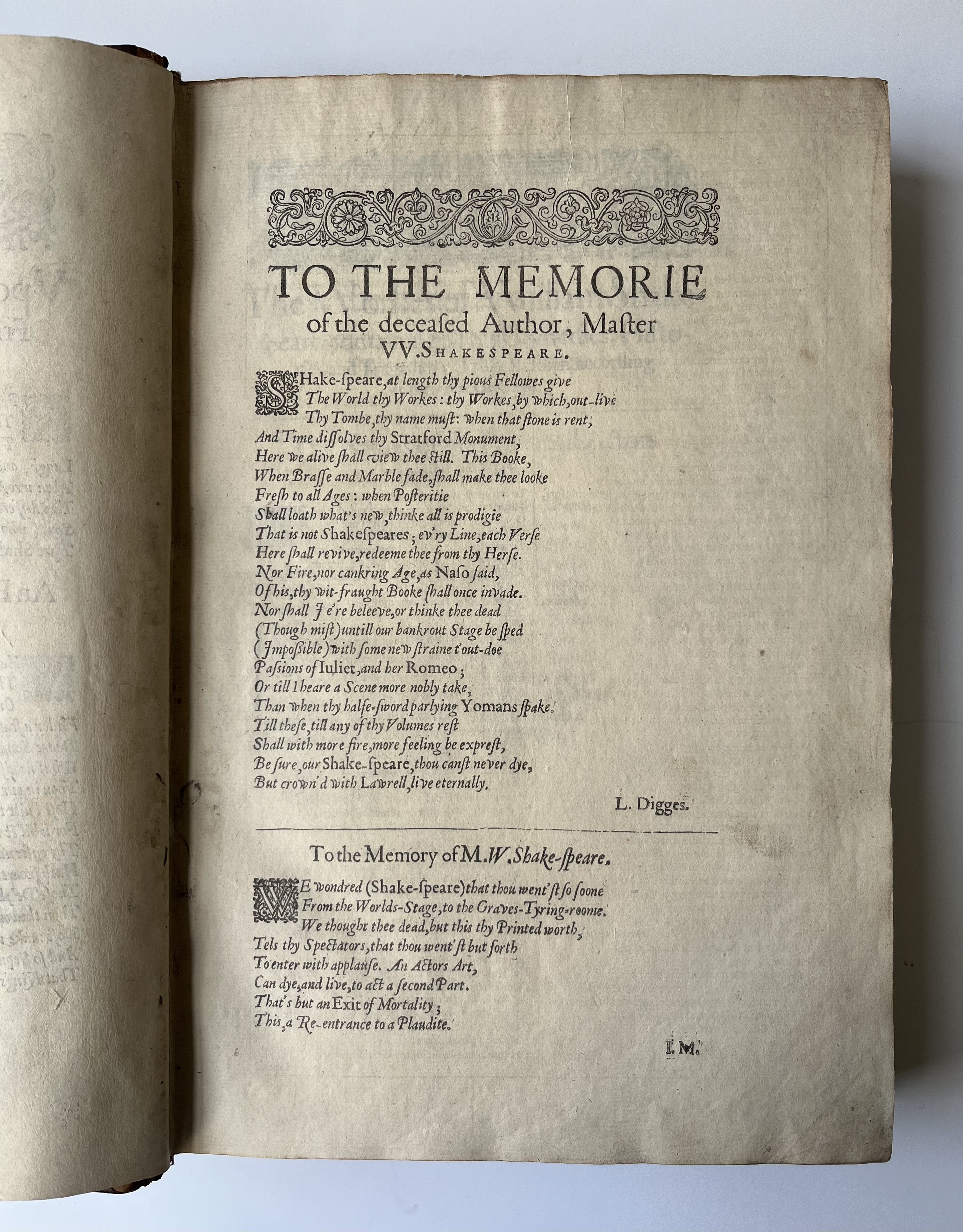
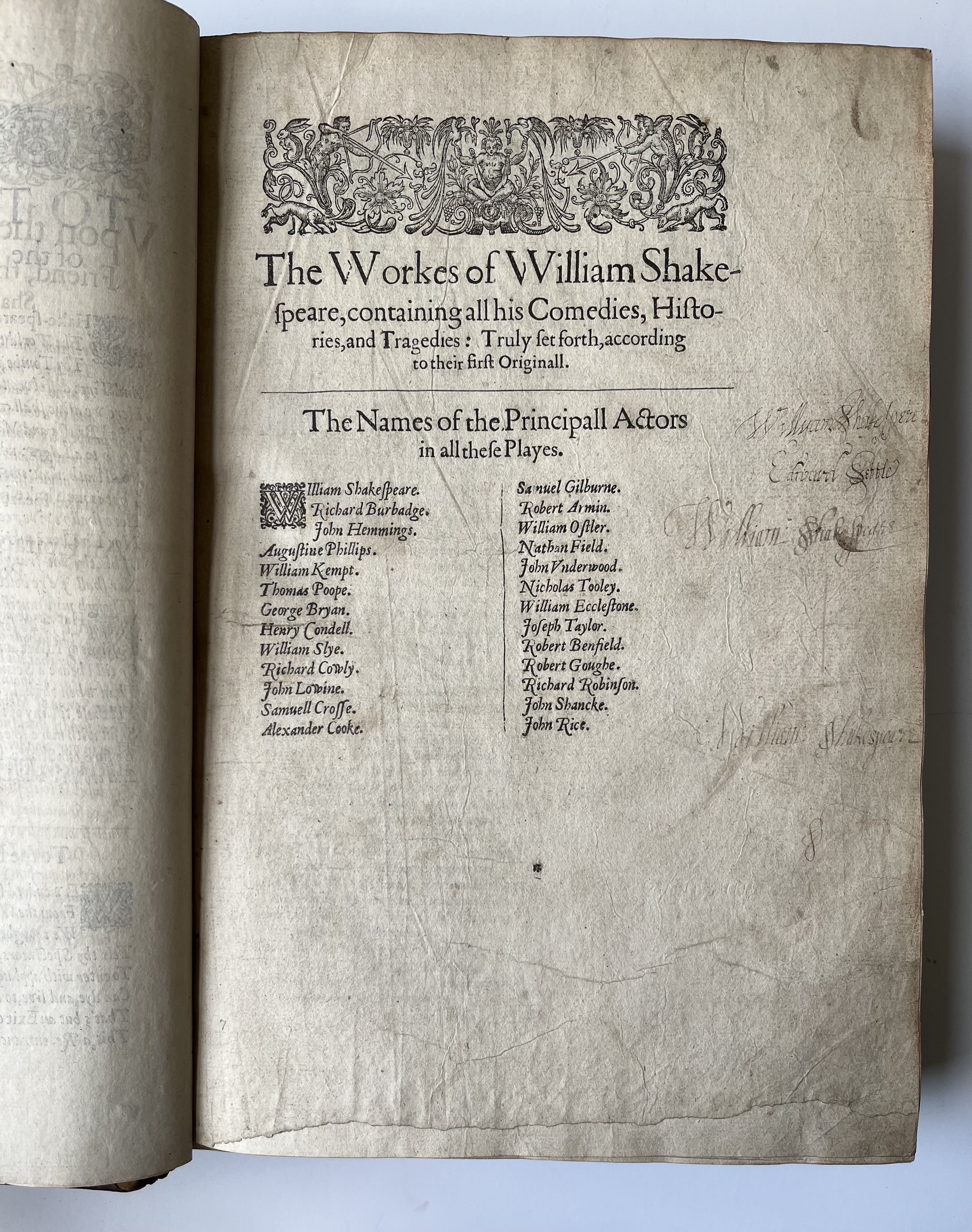
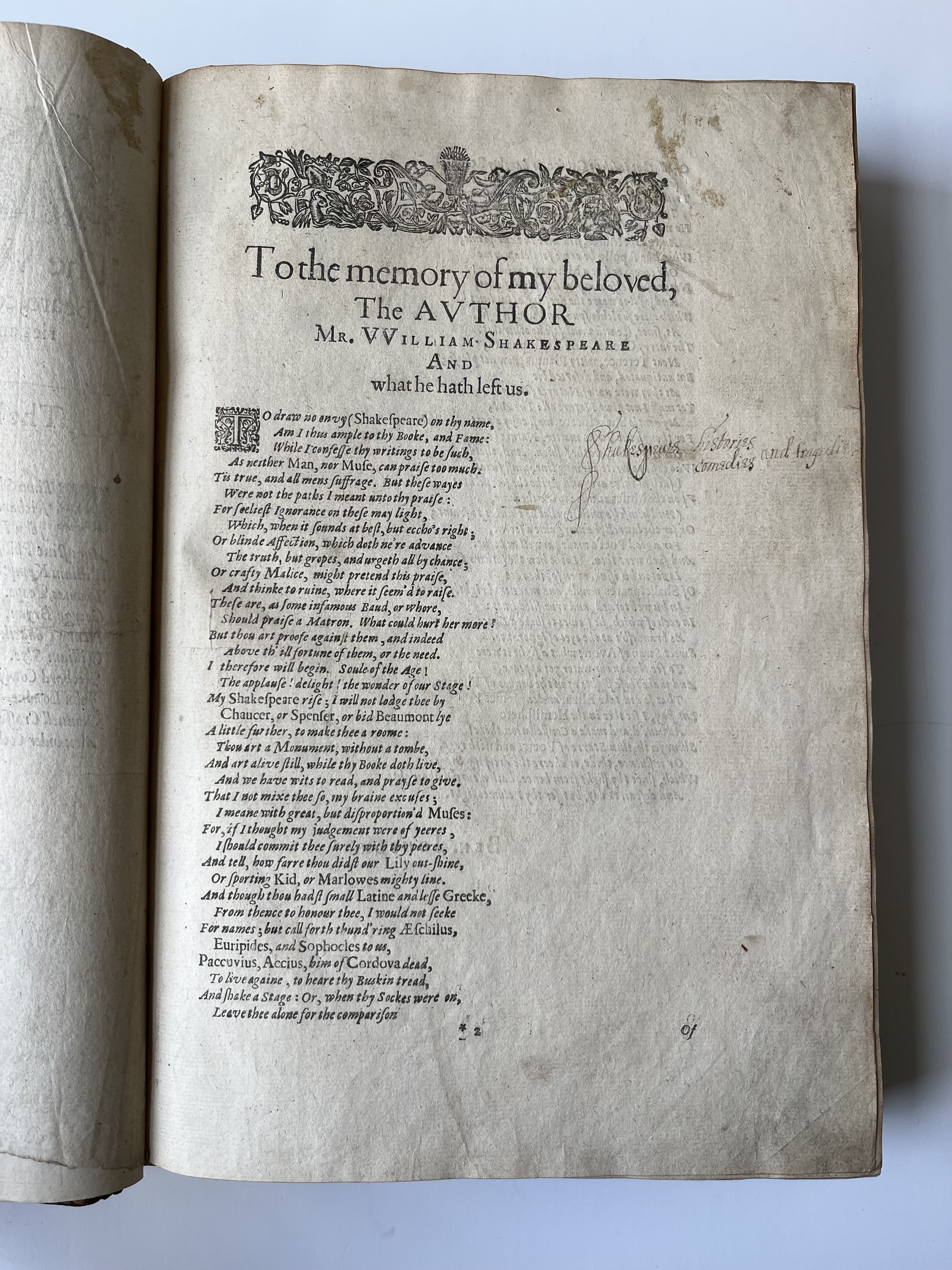
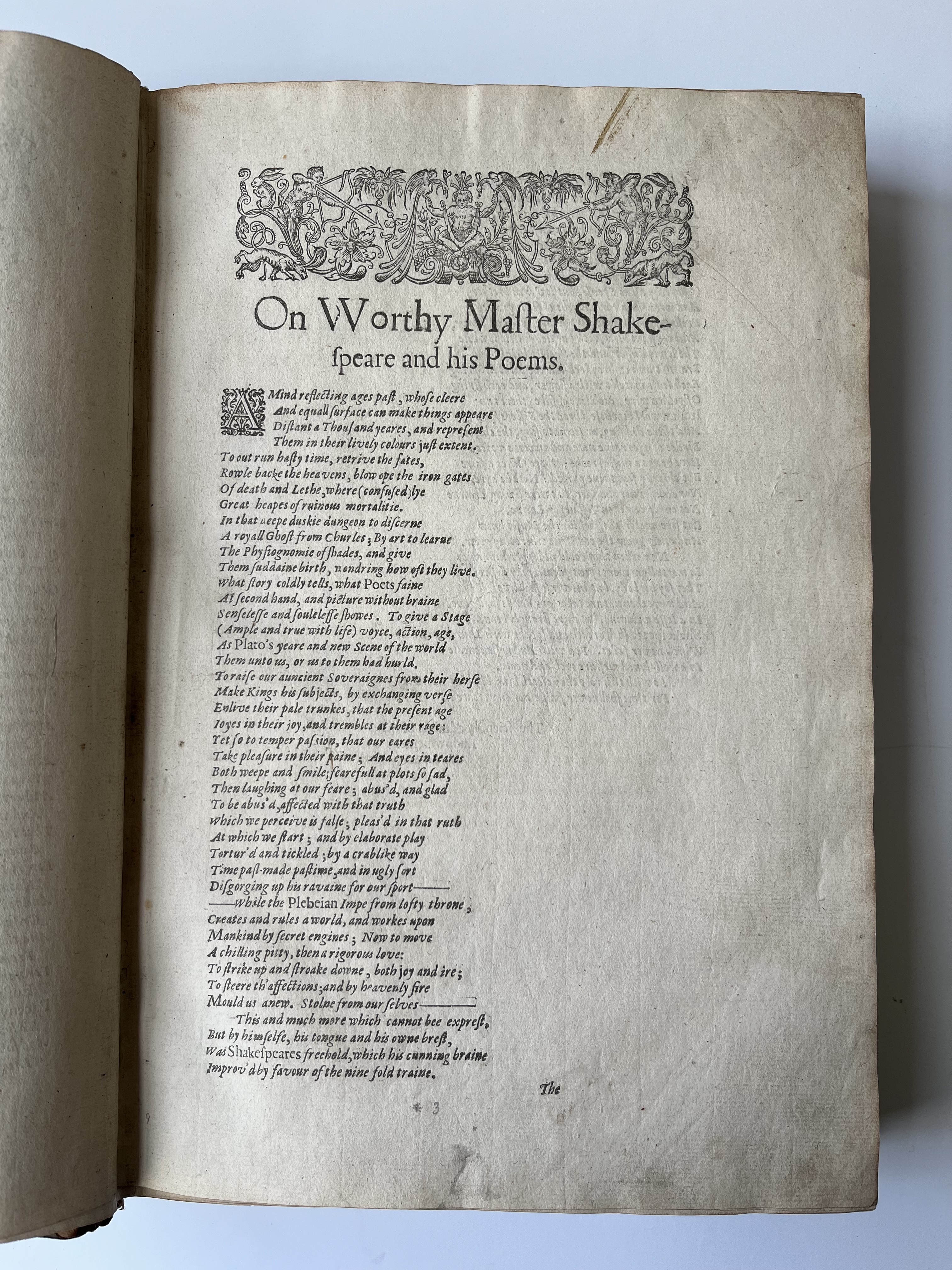
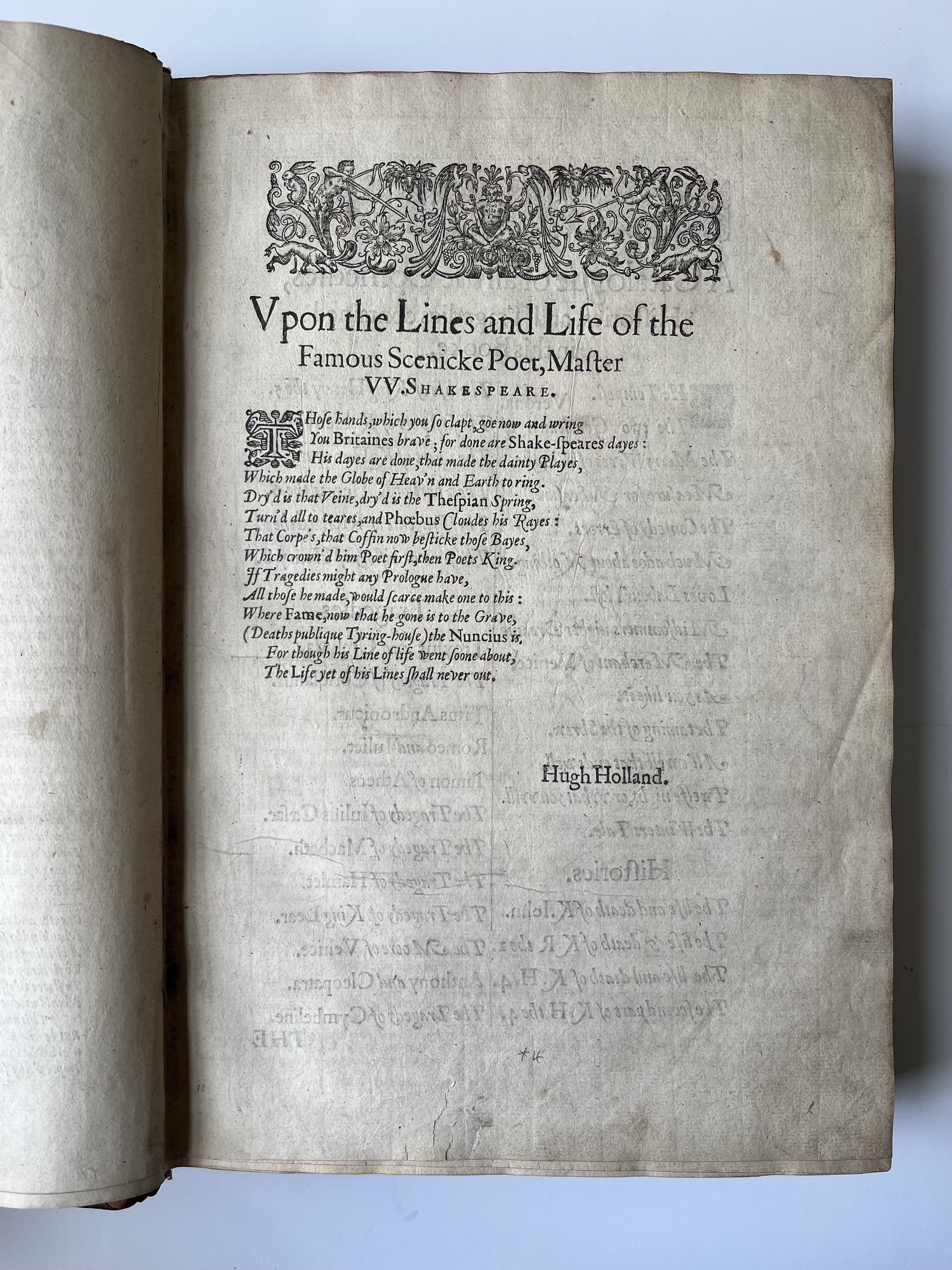
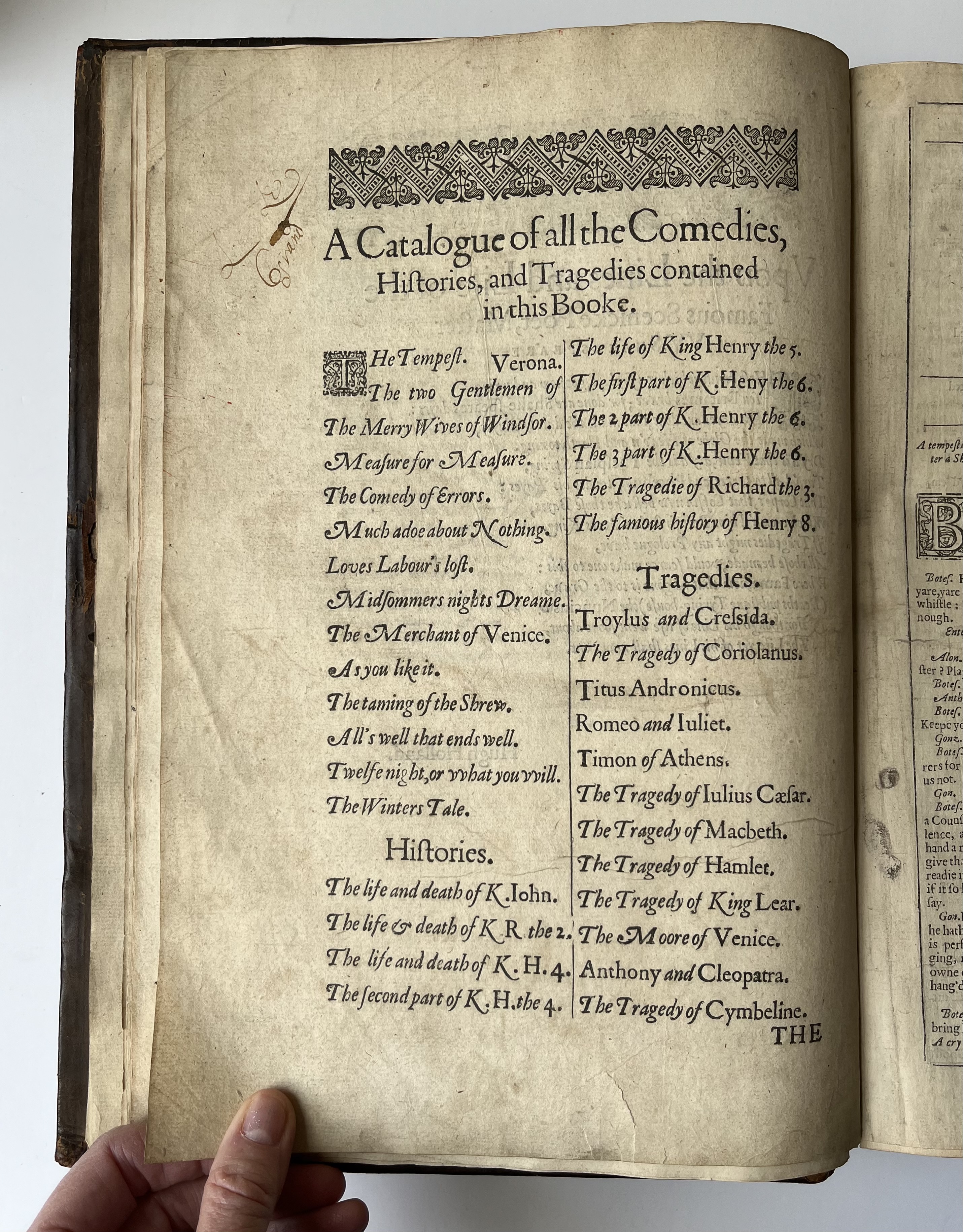








1 /
35





































Sale 2683 - Lot 31
Estimate: $ 120,000 - $ 180,000
Shakespeare, William (1564-1616)
Comedies, Histories, and Tragedies. Published according to the true Originall Copies. The Second Impression.
London: Printed by Thomas Cotes for Richard Hawkins, and are to be sold at his shop in Chancery Lane, 1632.
The second folio, the rare Hawkins imprint, of which only 13 copies are known (the present copy included) edited by King's Men's players and the author's contemporaries, John Heminges (1556-1630) & Henry Condell (1576-1627); engraved author portrait to title page; "To the Reader" leaf supplied in facsimile; all before B1 and final leaf supplied from other copies; bound in 18th century full speckled calf with gilt-tooled spine and lettering piece, blind-rolled boards, rebacked; ownership signature of professor of philosophy and president of Corpus Christi College, Oxford Thomas Case (1844-1925), Beam Hall, Oxford inside front board; red stamp of Paul Peralta-Ramos on front free endleaf; early ownership inscription on verso of title page of Penelope Tyrwhitt, the leaf has been washed, signature faded, the leaf itself most likely supplied from another copy; bookseller's ticket of Philip C. Duschnes inside back pastedown; housed in custom chemise and box; four newspaper clippings related to the Second Folio taped to flyleaves, likely placed there by Professor Case at the end of the 19th century, citing auction results (the tape yellowing and dry); a tall copy; 13 1/8 x 8 3/4 in.
STC 22274c; Pforzheimer 906; this copy registered with the Shakespeare Census.
Although the text of the Second Folio follows that of the First, it also incorporates many changes, consisting of "1,679 deliberate editorial changes, 459 alterations of grammar, 374 changes affecting the thought, 359 affecting meter, 357 affecting style, and 130 pertaining to action." (Black & Shaaber) These changes constitute the very inception of Shakespearean scholarship, whose tradition continues. Also added notably for the first time in the Second Folio, "An Epitaph on Shakespeare," thought to be the first published poem by a 24-year-old John Milton. (For more see: Black, Matthew W., and Shaaber, M. A. Shakespeare's Seventeenth-century Editors, 1632-1685. New York, London: Modern Language Association of America; Oxford UP, 1937. https://archive.org/details/shakespearesseve00blac/page/n3/mode/2up)
Rasmussen-Hines Collection of Shakespeare & Renaissance Literature.
Comedies, Histories, and Tragedies. Published according to the true Originall Copies. The Second Impression.
London: Printed by Thomas Cotes for Richard Hawkins, and are to be sold at his shop in Chancery Lane, 1632.
The second folio, the rare Hawkins imprint, of which only 13 copies are known (the present copy included) edited by King's Men's players and the author's contemporaries, John Heminges (1556-1630) & Henry Condell (1576-1627); engraved author portrait to title page; "To the Reader" leaf supplied in facsimile; all before B1 and final leaf supplied from other copies; bound in 18th century full speckled calf with gilt-tooled spine and lettering piece, blind-rolled boards, rebacked; ownership signature of professor of philosophy and president of Corpus Christi College, Oxford Thomas Case (1844-1925), Beam Hall, Oxford inside front board; red stamp of Paul Peralta-Ramos on front free endleaf; early ownership inscription on verso of title page of Penelope Tyrwhitt, the leaf has been washed, signature faded, the leaf itself most likely supplied from another copy; bookseller's ticket of Philip C. Duschnes inside back pastedown; housed in custom chemise and box; four newspaper clippings related to the Second Folio taped to flyleaves, likely placed there by Professor Case at the end of the 19th century, citing auction results (the tape yellowing and dry); a tall copy; 13 1/8 x 8 3/4 in.
STC 22274c; Pforzheimer 906; this copy registered with the Shakespeare Census.
Although the text of the Second Folio follows that of the First, it also incorporates many changes, consisting of "1,679 deliberate editorial changes, 459 alterations of grammar, 374 changes affecting the thought, 359 affecting meter, 357 affecting style, and 130 pertaining to action." (Black & Shaaber) These changes constitute the very inception of Shakespearean scholarship, whose tradition continues. Also added notably for the first time in the Second Folio, "An Epitaph on Shakespeare," thought to be the first published poem by a 24-year-old John Milton. (For more see: Black, Matthew W., and Shaaber, M. A. Shakespeare's Seventeenth-century Editors, 1632-1685. New York, London: Modern Language Association of America; Oxford UP, 1937. https://archive.org/details/shakespearesseve00blac/page/n3/mode/2up)
Rasmussen-Hines Collection of Shakespeare & Renaissance Literature.





